





 |
 |
 |
 |
 |
 |
|---|---|---|---|---|---|
 |
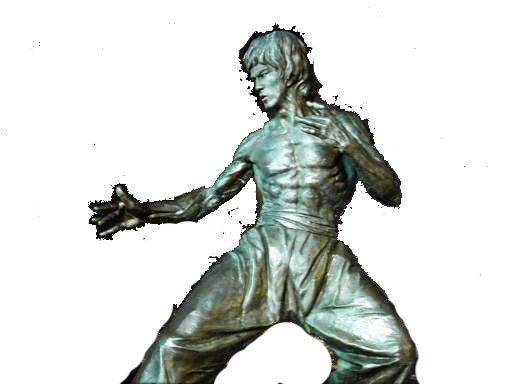 |
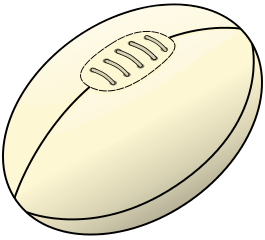 |
|---|---|---|
Shaolin Abbot: What is the highest technique you hope to achieve?
Bruce Lee: To have no technique.
The prime focus of meditation is the topmost vertebra of the spine, the atlas vertebra.
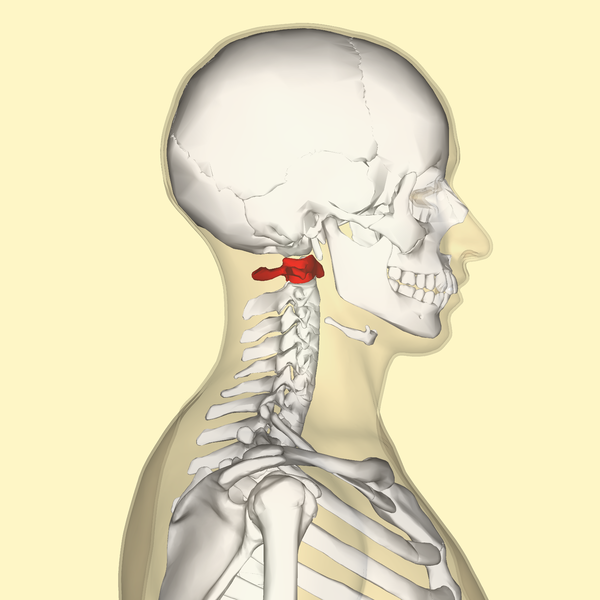 |
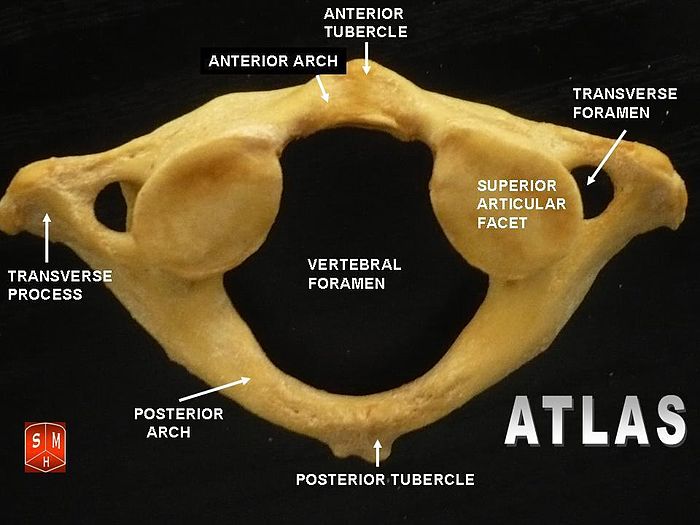 |
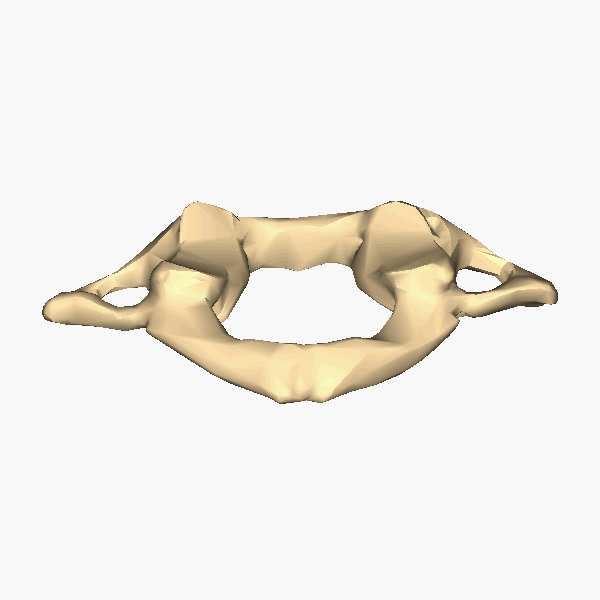 |
|---|---|---|
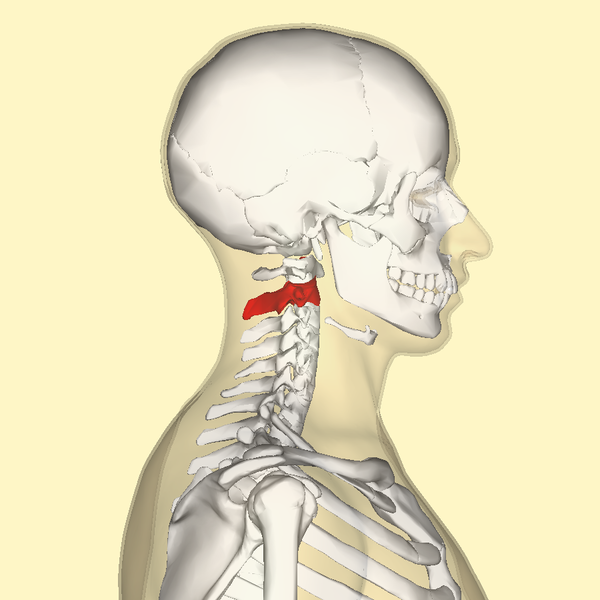 |
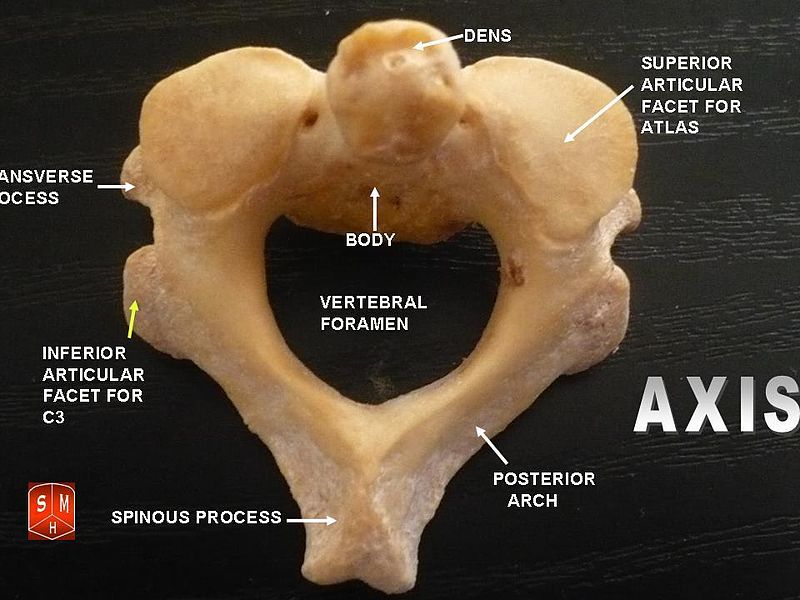 |
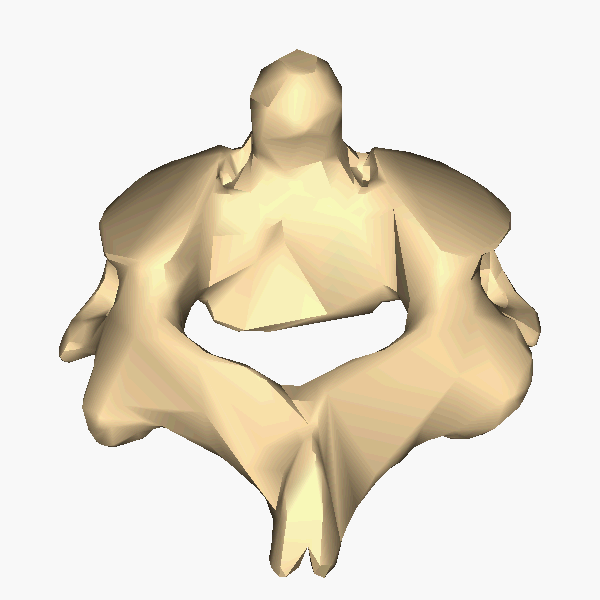 |
|---|---|---|
The atlas and axis vertebra move your head the same way an alt-azimuth mount moves a telescope.
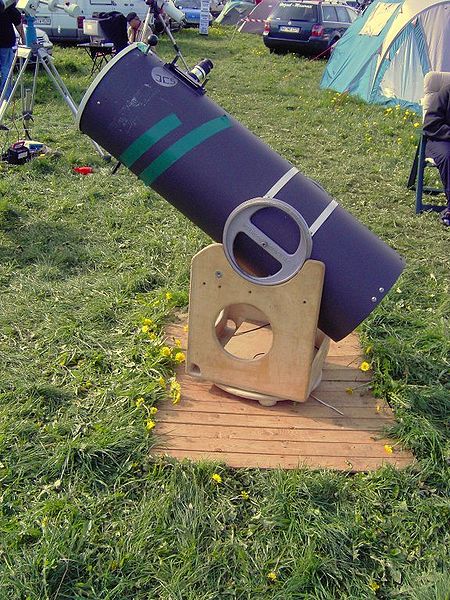 |
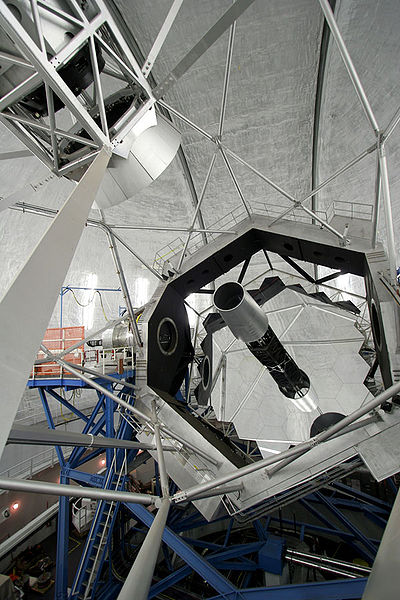 |
|---|---|
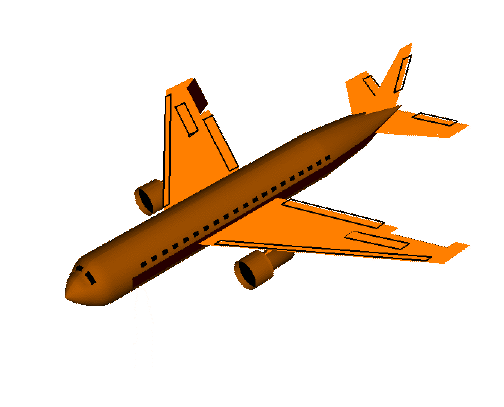 |
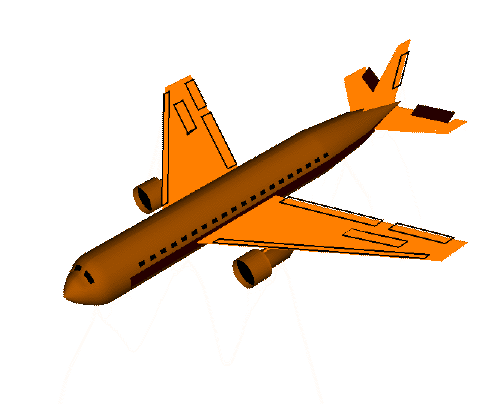 |
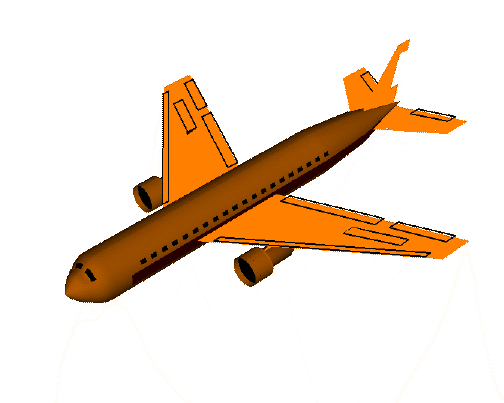 |
|---|---|---|
Pitch is controlled by the Atlas-Skull joint. (Nodding your head "yes")
Yaw is controlled by the Axis-Atlas joint. (Shaking your head "no")
Roll is controlled collectively by all neck vertebrae.
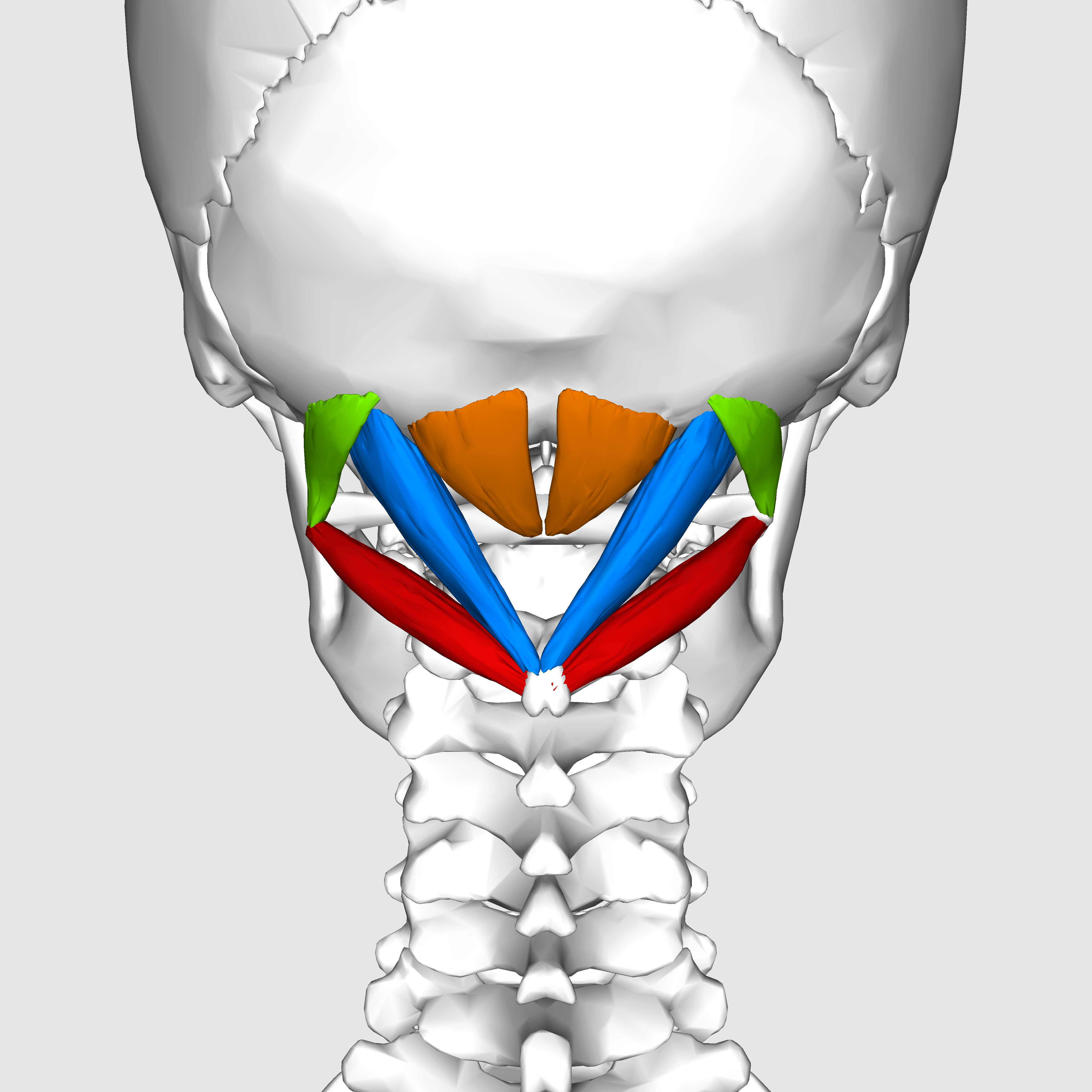 |
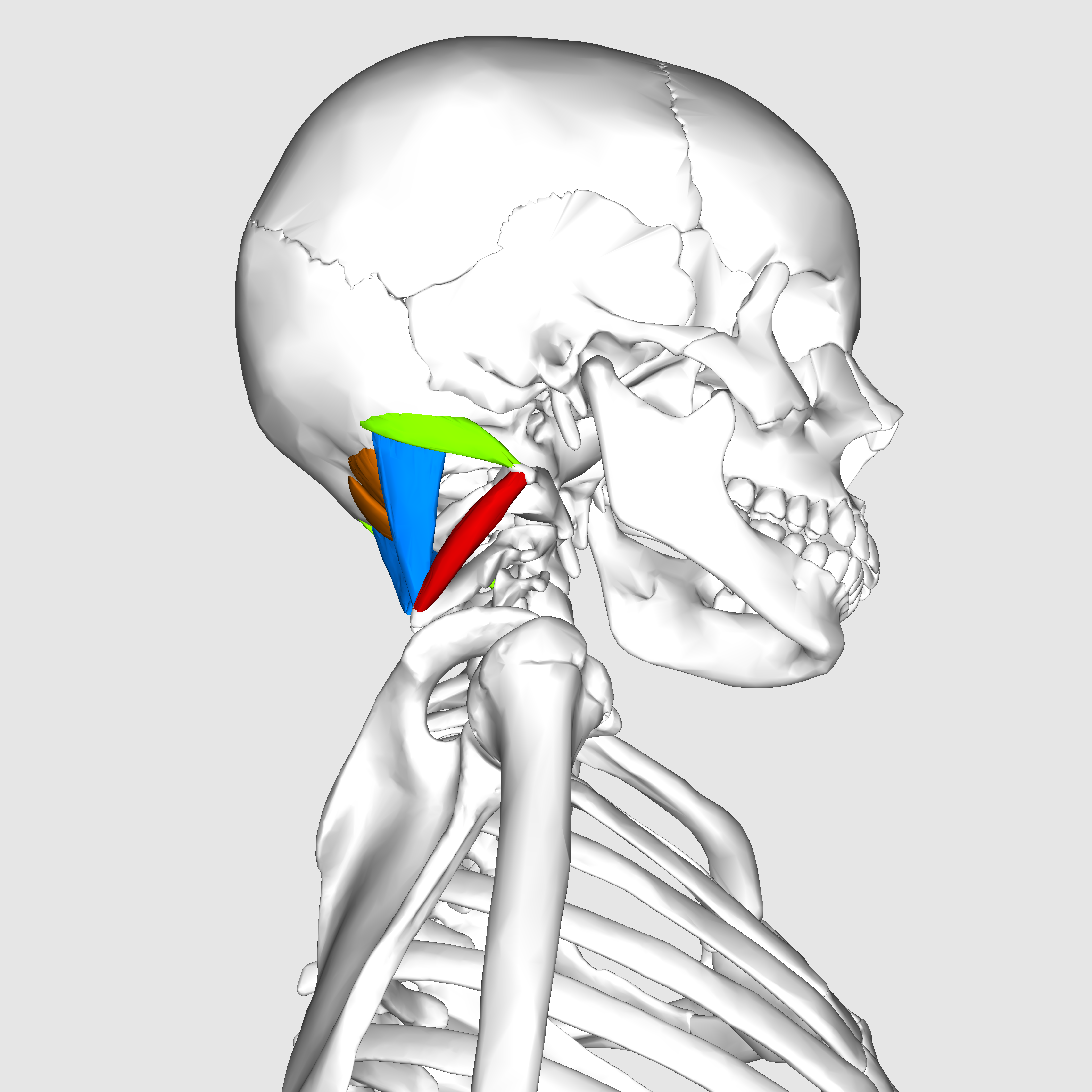 |
|---|---|
The suboccipital muscles connect the skull, the atlas vertebra, and the axis vertebra.
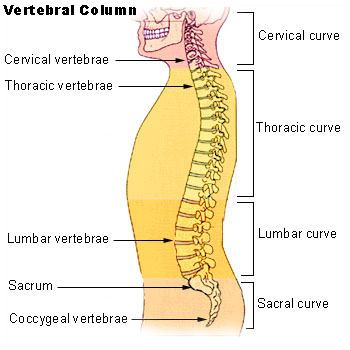
|
|---|
The atlas vertebra is at the center of the head and your eyes and ears are at the same level as the atlas vertebra.
The center of mass of the skull is slightly forward of the contact point between the skull and the atlas vertebra. If the muscles in your neck relax then your head pitches forward. If your back muscles relax then your torso pitches forward. The muscles in the back of your neck and spine act reflexively to prevent you from falling forward. This motion is coordinated with the breathing cycle.
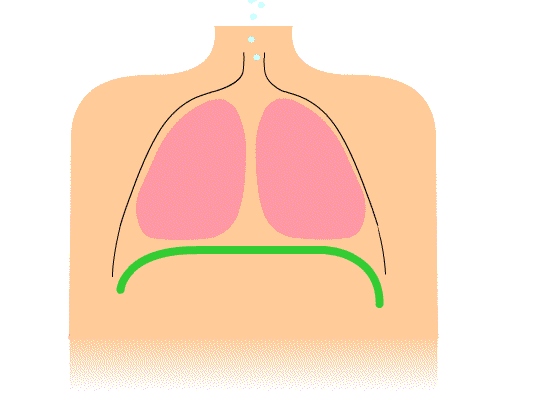 |
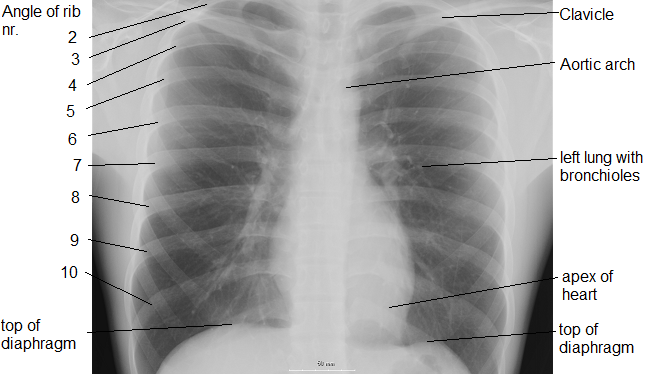 |
|---|---|
Bruce Lee: When the opponent expands I contract, when he contracts I expand, and when there is an opportunity, I do not hit, it hits all by itself.
The thoracic diaphragm is underneath the lungs. When it contracts it creates overpressure in the gut, expands the ribcage, and creates underpressure in the lungs. The lung underpressure brings in air. Air is expelled from the lungs by contracting the rib intercostals.
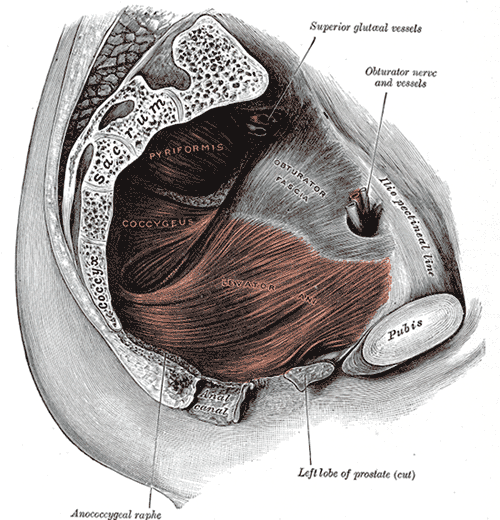 |
|---|
The pelvic diaphragm works in opposition to the thoracic diaphragm. When the thoracic diaphragm contracts the pelvic diaphragm expands and vice versa. This moves the gut cyclically up and down.
Breathing is coordinated with skeletal motion to minimize energy expense. For example, when you breathe in your head tends to pitch back and when you breathe out your head tends to pitch forward. It can be done the opposite way but it's less natural.
Every bilaterally symmetric motion is related to the breathing cycle according to the following table:
Inhale Exhale Diaphram contracts Diaphragm expands Abdominals expand Abdominals contract Gut squashed by diaphram Gut expands External intercostals Internal intercostals Ribcage expands Ribcage contracts Pelvic floor expands Pelvic floor contracts Spine muscles contract Spine muscles release Arms out Arms in Head pitches up Head pitches down Head rolls right Head rolls left Head yaws right head yaws left Arms rotate thumbs up Arms rotate thumbs down Elbows rotate out Elbows rotate in Open hand Form fist Feet rotate outward Feet rotate inward Knees apart Knees together Lower back arches Lower back sags Hips rotate forward Hips rotate back Daydream Focus Rebalance Exertion High moment of inertia Low moment of inertia Discard angular momentum Discard pressure Tongue makes "U" shape Tongue makes flat shape, such as for the letter "L" Spread fingers into a fan Bring fingers together like a fin
Rows correspond to opposite directions of a motion, and columns show how they synchronize with the breathing cycle.
Bilaterally antisymmetric motions are coordinated through the axis vertebra. Motion naturally cycles between the left and right columns in the table below:
Head rotates left Head rotates right Right hand rotates thumbs-up Right hand rotates thumbs-down Left hand rotates thumbs-down Left hand rotates thumbs-up Right foot rotates right Right foot rotates left Left foot rotates right Left foot rotates left Right arm rotates out Right arm rotates in Left arm rotates in Left arm rotates out Jaw pivots right Jaw pivots left Tongue pivots right Tongue pivots left Eyes pivot right Eyes pivot left Head rolls right Head rolls left Shoulders rotate right Shoulders rotate leftThe axis cycle is structured to most naturally conserve angular momentum. For example, if your right arm rotates thumbs-down then conservation of angular momentum is satisfied if your left arm rotates thumbs-up.
Cycle Nexus Head motion Motion type Goal Breathe Atlas vertebra Pitch Bilaterally symmetric Minimize energy expense Axis Axis vertebra Yaw Bilaterally antisymmetric Minimize internal angular momentum
When you move your head, it is most natural to coordinate rightward roll with rightward yaw, and leftward roll with leftward yaw. It can be done the opposite way but it's less natural.
The reason roll and yaw are related this way is because the center of mass of your head is forward of the balance point between your spine and skull. If you start from an upright position, roll right, and then stop, then conservation of angular momentum causes your head to yaw right.
The natural relationship between pitch and yaw is:
Upward pitch goes with righward yaw.
Downward pitch goes with leftward yaw.
Ideally, yaw should be minimized when the head pitches.
The prime balance foot is the right foot. If you stand on two feet your weight naturally shifts to the right foot. As your head moves to the right it yaws right (because the skull center of mass is forward of the spine). Moving to the right foot is also a descent in gravitational energy, which is countered by your head pitching back.
The spine consists of a set of curves that function as shock absorbers and as vertical motion for the head.
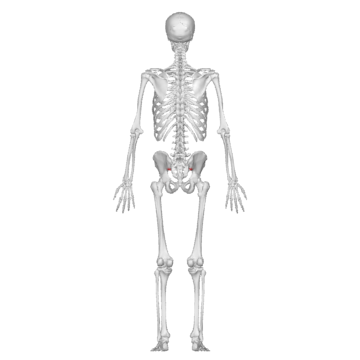 |
|
|---|---|
 |
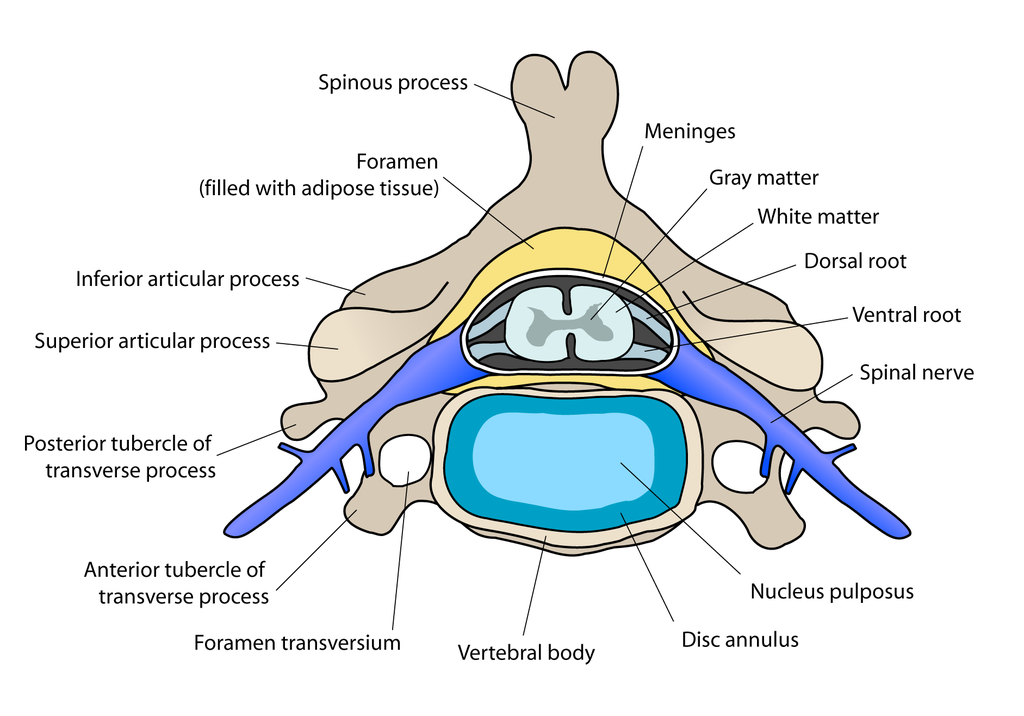 |
|---|---|
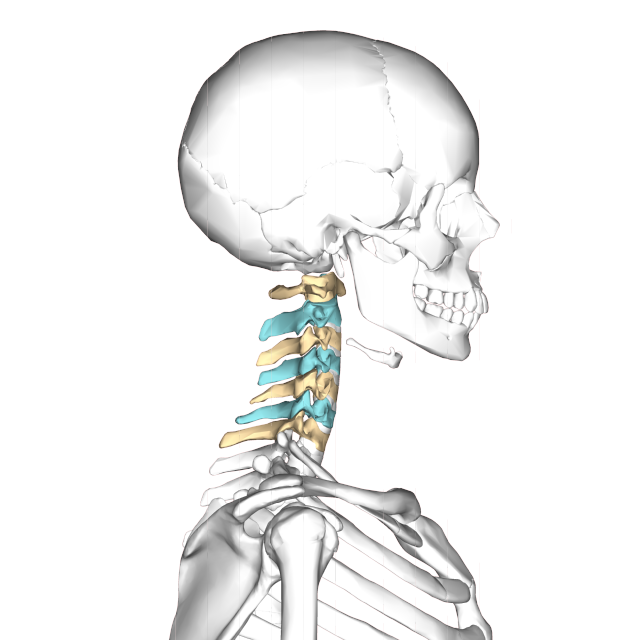 |
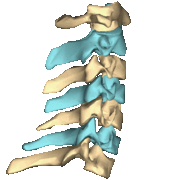 |
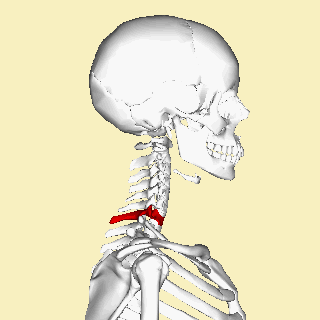 |
|---|---|---|
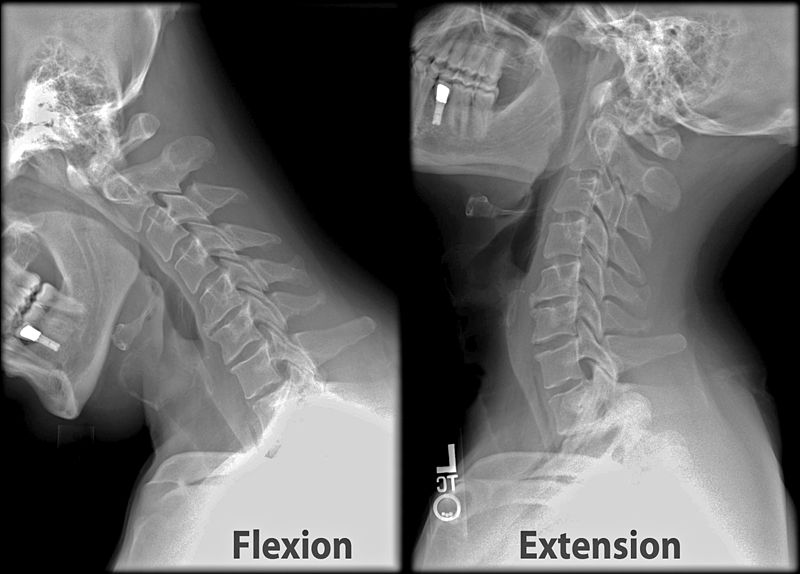 |
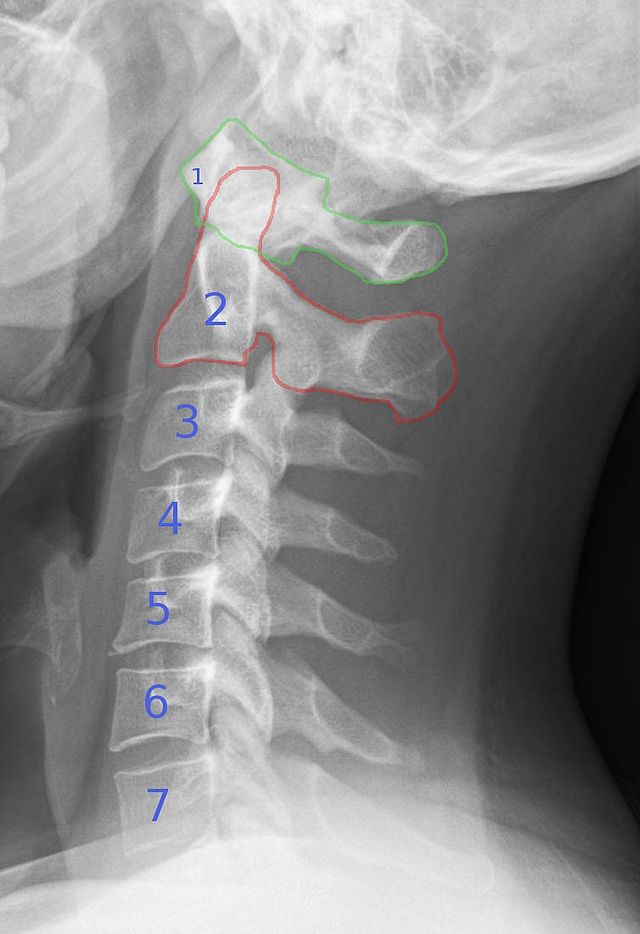 |
|---|---|
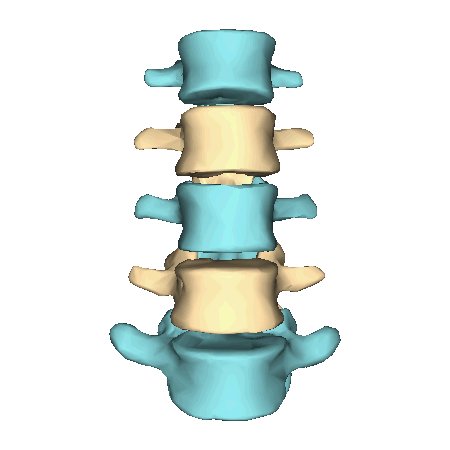 |
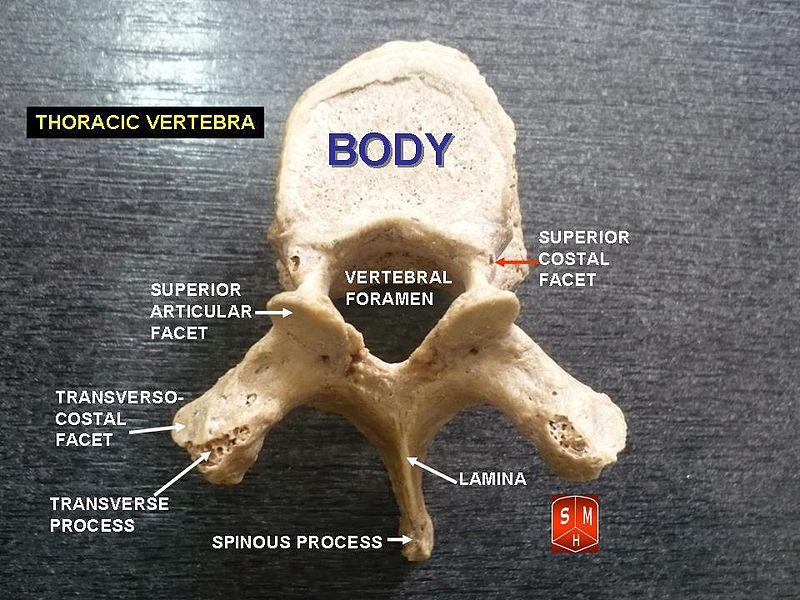 |
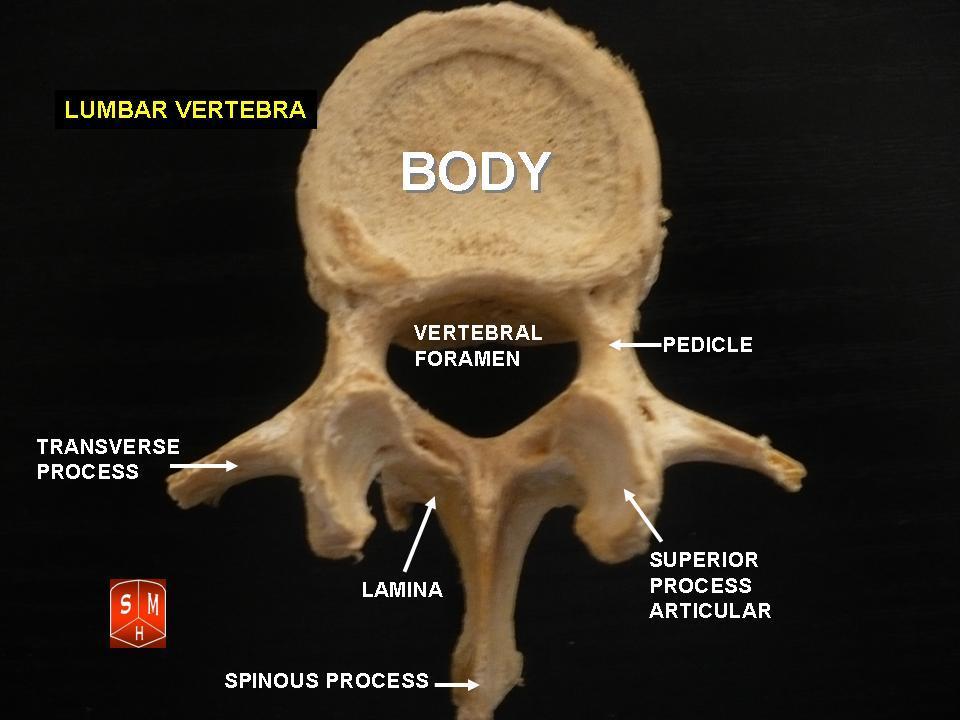 |
|---|---|---|
The prime focus of meditation is developing awareness of the atlas vertebra and how it pivots. The longer you can hold your focus on the atlas vertebra the better. You won't be able to focus forever and so there are other things you can think about, in order of importance:
1) Pitch Atlas vertebra and the breathing cycle. 2) Yaw Yaw-Pitch relationship. Axis vertebra and the axis cycle. 3) Roll Roll-Yaw relationship.
 |
|---|
Syrio: This is not the dance of the Westeros we are learning. The knight's dance, hacking and hammering. This is the Braavos dance, the water dance. It is swift and sudden.
 |
 |
|---|---|
Balance flows from a stance with knees in and heels out, the "wire stance". In this stance all of your leg joints are free to move and you are able to accelerate in any direction. Imagine that you are a goalie and you are braced to defend a shot.
 |
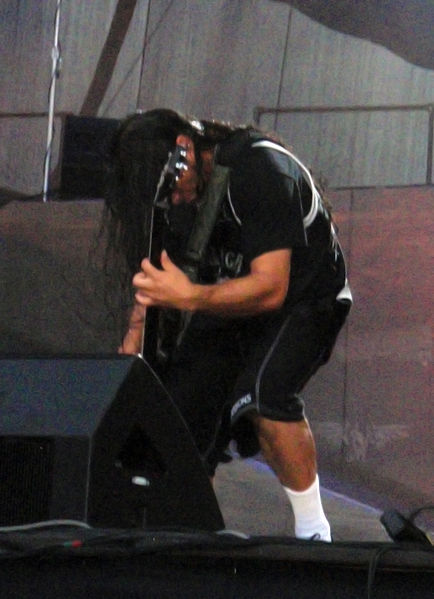 |
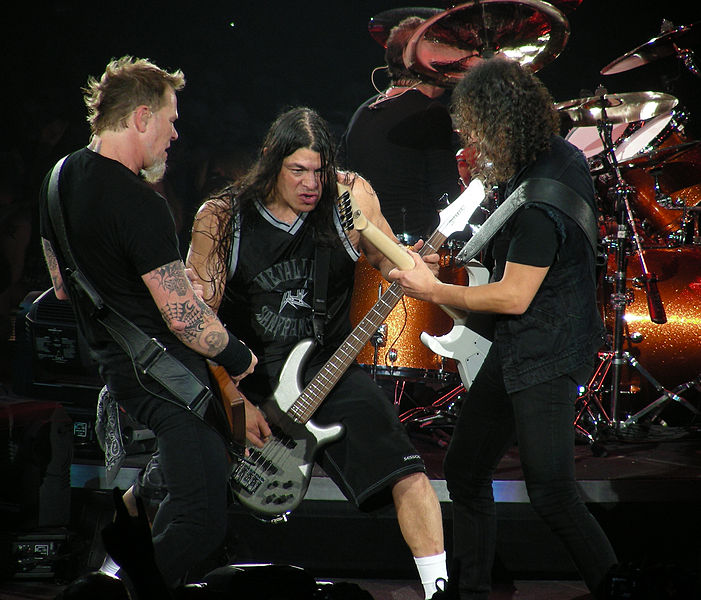 |
 |
|---|---|---|---|
Balance is control over your center of mass.
The lower your center of mass the more power you can channel from the ground. Practice maneuvering with a low center of mass.
Bruce Lee: "Balance is the all-important factor in a fighter's attitude or stance. Without balance at all times, he can never be effective."
Bruce Lee: "In general for athletic contests, a preparatory stance a coiled, or semicrouched posture and a lowered, forward center of gravity. with the bending of the forward knee, the center of gravity moves forward a little. For general readiness, the lead heal usually remains just touching even after the knees bend. Slight ground contact of the heel aids in balance and decreases tension."
Bruce Lee: "The center of gravity kept under delicate and rapid motion are characteristic habbits of athletes in games that require sudden and frequent changes of direction."
Video:
Gordon Liu demonstrates the wire style at time=4:37.
Bass guitarist Robert Trujillo.
Yip Man.
Violinist Mikhail Kopelman
Ray Park
demonstrates how to maneuver with a low center of mass.
Barry Sanders, running back.
Jascha Heifetz masterclass.
In this clip at time=5:45-6:15 Heifetz emphasizes the importance of balance and
posture. You should be able to descend in altitude without your head pitching forward,
and your weight should be on your heels.
You should be able to balance without your limbs rising unnecessarily.
Gil Shaham
plays with a low bow arm.
Byamba vs. Kelly.
Byamba wins this sumo match because he keeps his arms and center of mass
lower than his opponent.
In a sumo match, the more you lean forward the more forward force you can
project, but if you lean too far forward you get faceplanted.
Faceplant defense
Bruce Lee: "Practice your balance by standing on one foot."
Because the heart is on the left side of your body, right foot balance is more fundamental than left foot balance. Your center of balance should be planted on your right foot with your left foot free to float.
Bruce Lee: "Always leave the space of a natural step between your feet. By doing so, you are braced and never standing just on one foot."
You should be able to balance effortlessly on either foot, and when you move you should be able to get as much done as possible with each step.
If your feet lose their freedom to move then you start to sway. Avoid swaying. Also avoid moving the viola unnecessarily. Gain an awareness of the motion of the scroll and keep it under control.
Leonidas Kavakos plays without sway and the instrument is stable. His head is also centered. If your head turns to the left then you can't integrate the motion of your head with your body.
When the body and the viola are stable then the right arm and bow are free to move independently. Otherwise the motion of the body, the viola, and the bow become entangled.
Erika Gray and right-foot balance
In a baseball pitch, the motion starts from the feet and then progresses to the
hips, the torso, the shoulder, the upper arm, the lower arm, the wrist, and then to
the fingers. This maximizes the speed that can be delivered by the fingers.
A whip is tapered so that it gets progressively thinner as it goes from the
handle to the tip, just like your arm. As a pulse travels down the whip the
decrease in thickness causes the amplitude to increase. If the taper is smooth
then the reflection of energy in the pulse is minimized and the maximum energy
is delivered to the tip. If there is a sharp change in thickness then part
of the energy in the pulse is reflected. This is a consequence of the
phenomenon of "wave impedance".
In standard viola technique the index finger releases from the bow at the
apex of the downbow. If you do this then you can't harness the whip.
To harness the whip the first knuckle has to be wrapped firmly around the bow
at the apex of the downbow so that the bow can be pulled with force. Also,
the wrist has to be straight or bent outward rather than collapsing inward.
The fingers and thumb should work together without exerting torque on the forearm.
When holding the bow, the index finger and thumb should be able to make contact
with a minimum of stress.
You should be able to focus your awareness on tip of your index finger,
analogous to the tip of the sword. You should also be able to focus your awareness
on the tip of the bow.
Snake foot: Jackie Chan vs. Ken Lo.
Watch Ken Lo's feet.
Li Mu Bai: Real skill comes without effort. No passion without restraint.
You must learn to hold it in stillness.
Gain an awareness of the motion of the tip of the sword and be able to maneuver
it with minimalist effort. The sword should move without interference from the
body. This is especially critical for a viola bow because it is so light.
Li Mu Bai training with a sword
The instrument should be incorporated into your balance.
*
At time=1:05 Bruce Lee integrates the balance of his arms into his body.
Bruce Lee: "One should seek good balance in motion and not in stillness."
Bruce Lee: "Balance is the control of one's center of gravity plus the control and
utilization of body slants and unstable equilibrium, hence gravity pull to
facilitate movement. So, balance might mean being able to throw one's center of
gravity beyond the base of support, chase it, and never let it get away."
Bruce Lee: "The short step and the glide, as contrasted with the hop or cross
step, are devices to keep the center of gravity. When it is necessary to move
rapidly, a good man takes small enough steps so that his center of gravity is
rarely out of control."
Jackie Chan from 'Drunken Master'
Leopold Auer: Place the four fingers on the four strings -- the first on the F
of the E-string; the second on the C of the A-string; the third on the G of the
D-string, and the fourth on the D of the G-string. Do not raise any one of the
fingers until all four are resting on the notes mentioned.When the fingers are
all in place, exercise each finger separately, raising it and allowing it to
drop back into place several times in succession. Begin with the second
finger, then take the fourth, and then the first, and, finally, the third. The
exercise should be carried out in such wise that the fingers not engaged remain
on the strings. This exercise, persisted in, is certain to accomplish two
valuable things -- absolute correctness of finger position, especially as
regards the thumb, and increased finger strength.
The violinist and teacher Leopold Auer, in his book "Violin Playing as I Teach
It" (1920), advised violinists to practise playing completely without vibrato,
and to stop playing for a few minutes as soon as they noticed themselves
playing with vibrato in order for them to gain complete control over their
technique.
The fingers should coil without exerting torque on the forearm.
The joints of the fingers should curl naturally so that all joints are engaged.
This gives you more layers of stability. When a finger is not on the string
it shouldn't drift too far from the string.
If you play with the tip of the finger contacting the string rather than the flat
part then you can harness all of the joints in your fingers for stability.
The fingers should approach the string from right to left, with the tip of the
finger making contact with the string. This minimizes unnecessary disruption of
the vibration of the string when the fingers make contact.
You should be able to exert a strong downward force on the string with your
fingertip without any part of the rest of your left hand touching the viola.
You should also be able to shift positions in this manner.
David Garret, left hand technique
Metal is best sung with zero vibrato (Osbourne, Metallica).
Mathematical focus requires being able to keep the head centered and down.
Focus is lost when the head pops up. A sharp exhale can be used to maintain
focus and a sharp inhale is a loss of focus.
Avoid breathing with your mouth if possible.
Wizard battle from "Conan the Barbarian"
Maneuverability requires maintaining a low center of mass, with the knees
deeply bent.
Barry Sanders the running back
From Wikipedia: Though there were concerns about his size, it turned out these
concerns were unfounded. Sanders was far too quick for defenders to hit solidly
on a consistent basis, and too strong to bring down with arm tackles. Though
short at 5 foot 8, his playing weight was 203 lb (91 kg). Sanders had unusual
explosiveness.
There is an analogy between elasticity and sports. An athlete should have both
agility and endurance and there tends to be a tradeoff between the two. For
materials, the tradeoff is between tensile strength and tensile modulus.
For a stringed instrument, the most difficult stretch for the left hand is to
play with the pinky on the lowest string.
In this clip, before
Janine Jansen begins the concerto, she places the pinky of the left hand on a
high note on the g-string, the point of maximum stress, and then lets the
stress dissipate.
Bruce Lee: "Jeet Kune Do avoids the superficial, penetrates the complex, goes
to the heart of the problem and pinpoints the key factors."
Identify the most difficult element of a problem and make that the central focus.
Bruce Lee: "Let yourself go with the disease. Be with it, keep company with it
- this is the way to be rid of it."
"The Beast" from "Kung Fu Hustle": "In the world of kung fu, speed determines
the winner."
Bruce Lee: "Well executed movement meas the nervous system has been
trained to the point where it sends impulses to certain muscles, causing these
muscles to contract at exactly the proper fraction of a second. At the same
time, impulses to the antagonistic muscles are shut off, allowing those muscles
to relax. Properly coordinated impulses surge with just the exact intensity
required and they stop at the exact fraction of a second when they are no
longer needed."
When the biceps muscle contracts, the speed of the motion is determined
both by how fast the biceps contracts and by how fast the triceps expands.
You have to generate a sharp nerve impulse that contracts the biceps and you also
have to inhibit contraction impulses to the triceps.
The triggered release of muscle pressure or tension can generate a sharper
impulse than muscle contraction. For example, the thorasic diaphragm delivers
tension energy to the intercostal muscles at a slow rate and then the energy
can be released as a sharp pulse by releasing the intercostals. The pulse is
then channeled to whatever part of the body needs to move.
While moving, avoid unnecessary changes in direction of any body part because
this generates muscle noise.
Muscle power is proportional to muscle force times muscle speed. If a muscles
is exerting maximal force at zero speed or zero force at maximal speed then no
power is being generated. The speed that maximizes power is 1/3 of the maximal
speed.
A gear system allows you to change the speed at which force is applied so that
you can use a natural speed.
You are always using more muscle motion to accomplish a task than you need to,
and you are always moving your fingers and the bow more than you need to.
Use a strategy that involves the least possible motion and the fewest possible
changes in direction.
To find the path of least motion you will have to practice moving in slow motion.
To play fast you have to practice slow.
Video: Metronome scene from the film "The Red Violin"
Chuck Norris follows the "Principle of Most Action". The SI unit of action is
the "Chuck".
If you attempt a suddent jump then the motion tends to overshoot, which is an
aspect of the Gibbs phenomenon. You can use this overshoot to preload your muscles
with tension.
The deadliest bow in all of martial arts.
Become connected to the resonances of the instrument. Practice listening to the
sound of the body of the instrument. Play without vibrato and channel energy into
the resonances.
The elements of the breathing cycle or axis cycle can be synchronized
so that the motions are in phase.
In standard viola technique the wrist collapses inward at the apex of the downbow,
If you do this then you can't connect the rotation of your hand with your arm and
body, and you can't deliver power through your fingertips. To do this you have to
play with a straight wrist.
A collapsed wrist creates an impedance mismatch between your arm and your hand,
preventing energy from flowing between them.
Gordon Nikolitch plays with a straight wrist.
When playing a piece of music you should be able to start and stop at will
without it disrupting your internal timing.
Bruce Lee: "An occasional change of pace should be included that employs different
movements, and to some degree, different muscle fibers."
Bruce Lee: "Experiments indicate that auditory cues, when occuring close to the
athlete, are responded to more quickly than visual ones. Make use of auditory
clues together with visual clues, if possible. Remember, however, the focus of
attention on general movement produces faster action than focus on hearing or
seeing the cue."
36th Chamber of Shaolin, time=1:04.
Moving your eyes without moving your head.
Practice moving your eyes between the conductor, the concertmaster, your
section principal, and the score, so that you can take in as much information
as possible with a single glance.
Bruce Lee: "For most rapid perception, attention must be at its maximum focus
on the area of the thing to be perceived."
If your eyes are open your brain has to work to hard to process the information
and it is difficult to meditate. Auditory stimulus is better for meditation.
Your shoulder blades should be free to move independently.
Maintain focus while moving.
The cockpit and parts of the flight-control system are protected by 1,200 lb
(540 kg) of titanium aircraft armor, referred to as a "bathtub". The
armor has been tested to withstand strikes from 23 mm cannon fire and some
strikes from 57 mm rounds. It is made up of titanium plates with
thicknesses from 0.5 to 1.5 inches (13 to 38 mm) determined by a study of
likely trajectories and deflection angles. The armor makes up almost 6 percent
of the aircraft's empty weight. Any interior surface of the tub directly
exposed to the pilot is covered by a multi-layer nylon spall shield to protect
against shell fragmentation. The front windscreen and canopy are
resistant to small arms fire.
The A-10's durability was shown on 7 April 2003 when Captain Kim Campbell,
while flying over Baghdad during the 2003 invasion of Iraq, suffered extensive
flak damage. Iraqi fire damaged an engine and crippled the hydraulic system,
requiring the aircraft's stabilizer and flight controls to be operated via the
'manual reversion mode'. Despite this damage, Campbell flew the aircraft for
nearly an hour and landed safely.
To reduce the likelihood of damage to the A-10's fuel system, all four fuel
tanks are located near the aircraft's center and are separated from the
fuselage; projectiles would need to penetrate the aircraft's skin before
reaching a tank's outer skin. Compromised fuel transfer lines
self-seal; if damage exceeds a tank's self-sealing capabilities, check valves
prevent fuel flowing into a compromised tank. Most fuel system components are
inside the tanks so that fuel will not be lost due to component failure. The
refueling system is also purged after use. Reticulated polyurethane foam
lines both the inner and outer sides of the fuel tanks, retaining debris and
restricting fuel spillage in the event of damage. The engines are shielded from
the rest of the airframe by firewalls and fire extinguishing equipment. In the
event of all four main tanks being lost, two self-sealing sump tanks contain
fuel for 230 miles (370 km) of flight.
Practice under nonideal circumstances.
When the going gets tough you will need an arsenal of damage control moves. An
hour-long symphony is a long time to be sitting in a chair and you'll need
methods to dissipate tension.
Jet Li vs. Billy Chow. Exhibit of damage control moves
Etudes and scales are designed to develop fundamentals.
Fundamentals:
Wire stance
Avoid cheated technique and focus on fundamentals. Avoid hasty gains.
In the baroque age violists played with a pure, vibratoless tune, using bow
speed rather than vibrato for expressivity. After the baroque age, an epidemic
of vibrato emerged and is still with us, especially at Juilliard and Lincoln
Center. Vibrato obstructs the resonances of just intonation.
"There are performers who tremble consistently on each note as if they had the
permanent fever" - Leopold Mozart, 1756
The violinist and teacher Leopold Auer, in his book "Violin Playing as I Teach
It" (1920), advised violinists to practise playing completely without vibrato,
and to stop playing for a few minutes as soon as they noticed themselves
playing with vibrato in order for them to gain complete control over their
technique.
Raymond Berry was a wide receiver who played for the Colts with Johnny Unitas.
He would train by going to a football field by himself and go through the
motions of an entire game, play by play, stopping to think from time to time.
He and quarterback John Unitas also regularly worked after practice and
developed the timing and knowledge of each other's abilities that made each
more effective. They developed a telepathic connection so that they were able
to freely improvise during games.
Berry played in 6 pro bowls and was selected to the Pro Football Hall of Fame.
During his career he dropped only 2 passes and fumbled only twice.
He achieved this success in spite of the fact that he was not a fast runner,
usually a necessity for a wide receiver, relying instead on mental
focus and rigorous training.
Terry Bradshaw played quarterback for the Pittsburgh Steelers and won 4 super
bowls. He called his own plays throughout his football career, in contrast
with most teams where the plays are called by coaches.
Kirk Do you hear that?
Crewman #1: Torpedo! The Americans are shooting at us again!
Crewman #2: Pitch is too high. The torpedo's Russian.
Bruce Lee emphasizes avoiding repetitive training because then you are
substituting high-precision circuitry for low-resolution circuitry. Change the
timing from time to time.
Bruce Lee: "In Jeet Kune Do, it's not how much you have learned, but how much
you have absorbed from what you have learned. It is not how much fixed
knowledge you can accumulate, but what you can apply livingly that
counts. 'Being' is more valued than 'doing'."
Bruce Lee: "Forms are vain repetitions which offer an orderly and beautiful escape
from self-knowledge with an alive opponent."
Bruce Lee: "Set patterns, incapable of adaptability, of pliability, only offer
a better cage. Truth is outside of all patterns."
Matrix: Morpheus vs. Neo
Bruce Lee: "A good martial artist does not become tense, but ready. Not
thinking, yet not dreaming. Ready for whatever may come. When the opponent
expands, I contract; and when he contracts, I expand. And when there is an
opportunity, 'I' do not hit, 'it' hits all by itself."
Bruce Lee: "The great mistake is to anticipate the outcome of the engagement;
you ought not to be thinking of whether it ends in victory or defeat.
Let nature take its course, and your tools will strike at the right
moment."
Bruce Lee: "Train yourself to cut down unnecessary choice reactions (minimizing
yourself naturally) while giving your opponent a variety of possible responses."
Bruce Lee: "A good man is continually tring to force his opponent into the
slower, choice-reaction situation."
Bruce Lee: "The man who is clear and simple does not choose. What is,
is. Action based on an idea is obviously the action of choice and such action
is not liberating. On the contrary, it creates further resistance, further
conflict. Assume pliable awareness."
Bruce Lee: "Progression from volition to reflex control is when an athlete's
awareness is shifted from small details (mechanical performance) to larger
ones, and finally to the whole action, without any thought given to any single
part."
Bruce Lee: "Speed of perception is somewhat affected by the distribution of the
observer's attention - fewer separate choices, faster action. When the cue to
be recognized is one of several, each of which requires a different response,
the time is lenghened. Choice reaction is longer than simple reaction. This is
the basis for training the tools in terms of neurophysiological adjustment
toward instinctive economy. Instinctive movement, being the simplest, is the
quickest and most accurate."
Bruce Lee: "The habbit of diffusing the attention to a wider area helps the offensive
passer see openings more quickly."
Bruce Lee: "Don't think, feel....it is like a finger pointing a way to the moon. Don't
concentrate on the finger or you will miss all that heavenly glory!"
Bruce Lee: "Do not deny the classical approach, simply as a reaction, or you will have
created another pattern and trapped yourself there."
Bruce Lee: "While being trained, the student is to be active and dynamic in
every way. But in actual combat, his mind must be calm and not at all
disturbed. He must feel as though nothing critical is happening. When he
advances, his steps should be light and secure, his eyes not fixed and glaring
insanely at the enemy. His behavior should not be in any way different from
his everyday behavior no change taking place in his expression, nothing
betraying the fact that he is engaged in mortal combat."
Yip Man: "You must know the source of the water from which you drink."
Bruce Lee: "A correct posture does three things: It insures for the body and
its several members a position which is most mechanically favorable for the
next move. It enables one to maintain a 'poker body', a body that reveals no
more of its intended movements than a 'poker face' reveals the cards of a
player. It puts the body under that particular tension or degree of tonus
which will be most favorable to quick reaction and high cooordination."
Cloak your motion so that it is unpredictable and practice predicting your opponent.
Practice predicting your opponent's hands from watching his feet.
James Bond vs. Le Chiffre from 'Casino Royale'
Air moving past a cylinder generates "Von Karman vortices", which have
a frequency given by
The frequency of vortices from wind moving past your body at 1 m/s is
The index finger leaves the bow at the downbow
Relentless vibrato
The bow is perpendicular to the string and moves in 1 dimension
Arpeggios are played near the tip
The pinky is placed flat on the string
The wrist pivots like Mr. Miyagi's "paint the fence" technique
Motion of the bow along the string is generated by the elbow and string crossings
are generated from the shoulder.
Worship at the shrine of Suzuki and Galamian.
Use shoes with thin soles so your feet can feel the ground.
You also want your feet as close as possible to the ground.
Yehudi Menuhin's violin lecture
This lecture is like a review of the physics discussed in this text.
Menuhin's presention is richly informed with the physics of modes, resonances,
and the breathing cycle.
Elements from the lecture:
Isolate each motion into its 3 component dimensions and then reassemble it
into 3 dimensions.
Balance. Be long so that your joints are engaged. Stance with feet at
shoulder width. Be fluid not static.
Practice standing on one foot.
Practice putting your hands on the ground and rising back up. Shake on the way up.
The head is a limb.
Motion starts from the body and progresses in sequence to the arm, hand,
and bow.
Isolate the motion of the shoulders.
Flap your arms and link them to the breathing cycle.
Rotate your arms at the shoulders in all possible combinations.
Isolate skeletal overtones. Be aware of which body parts are in contact with
external objects and which are free.
Be able to pull the shoulders down without them bouncing back up.
Mental focus is as important as a fluid body.
Don't hold the stick. Just keep the stick from falling.
Avoid collapsed joints. (Loss of midrange)
When holding the bow, the fingers should be able to exert forces opposite each other.
One does not apply pressure to the bow. One instead allows the arm to fall onto the
bow, resisted by the fingers. When one plays a downbow one should have control over
the descent of the right hand. Play with the weight of the hand.
Practice going back and forth between separating your fingers into a fan and
combining your fingers into a fin. Try this with your knuckles as well.
When the right hand grasps the bow there should be space between the fingers so
that each finger can act independently without contact with adjacent fingers.
When the right hand grasps the bow the fingers are angled so that the motion of
the bow coincides with the degrees of freedom of the knuckles. This
implies rotating the right hand in the thumbs-down direction.
The "Russian bow grip" uses an extreme angle.
Practice the side-to-side wrist motion.
Practice waving the bow when it is both close to your body and far from your body.
Move your right hand like a whip, where the impulse is generated from your body.
The violin rests on the collarbone so that the shoulder is free to move.
Avoid supporting the violin with the left hand.
From time to time, stop and test to see if all joints are free to move.
Develop the curl of the left fingers.
The left fingers should press down on the string vertically.
When a left finger is planted the hand and arm should be free to move.
When the bow is planted on the string the right hand and arm should be free to move.
Add backswing and follow through to your motion.
Make elliptical and figure-8 motions.
Count multiple beats for each motion (2, 4, 3, 8, etc). This adds resolution
to your timing.
The soft palate separates the nasal cavity from the mouth. When you yawn the
soft palate rises, closing off the nasal cavity from the throat. When you swallow
the soft palate falls, closing off the mouth from the throat.
The pharynx muscles constrict the throat. When they are relaxed the throat
expands. Loosening the tongue also expands the space in the throat. To create
space in your throat imagine you're swalling a golf ball.
Try keeping your tongue in contact with the lower part of your mouth without it rising
to the top of your mouth.
The diagastric muscle moves the jaw backwards. It starts from the chin, loops through
the hyoid bone, and connects to the skull.
There is no consonant or vowel that requires the teeth to be together.
Lowering the larynx expands the vocal cavity and makes it more resonant.
The larynx lowers when you inhale and rises as you exhale.
The larynx lowers when you say the letter "L" and rises when you yawn.
The word "cheese" activates the buccinator muscles and the word "choose"
relaxes them.
If you go back and forth between "cheese" and "choose" your mouth moves like a
quadrupole, which is characteristic of sphincter muscles.
The aryepiglottic sphincter (henceforth "larynx sphincter") is just above the
larynx and is below the pharynx. It is important for singing loudly. You can
improve the power and resonant quality of your throat by either widening the
pharynx or constricting the larynx sphincter. It is activated if you yawn or
cackle like a villain.
The tongue connects to the lower chin and most of the mass of the tungue is below
the teeth.
The letters "L", "N", and "K" are difficult to pronounce without lowering the jaw.
Try saying the words "Nickle", "Lincoln", and "Klink" while keeping your
teeth together.
Try putting your fingers on your cheeks and feeling the motion of your jaw
while you say the letters "A", "B", "C", etc. Try thinking about saying the
letters without saying them.
Dipthongs are a concatenation of two different vowels.
An aspirated consonant is one that involves expelling air without creating a pitch.
Meara O'reilly's set of illusions
An uppercut requires a low elbow. Power is delivered from the ground through the
right foot into the right hand.
Beth Blackerby's youtube channel
on violin technique
Bruce Lee vs. Chuck Norris
All wrestling styles share the same fundamentals. Skill in one style translates
immediately to skill in other styles.
The Midwest is the center of the wrestling universe. Rural Midwesterners have
good balance, especially the farmers.
Among past and present UFC champions, almost all are wrestlers.
Wrestling shoes have thin soles for a firm connection to the ground. Avoid
thick basketball shoes. Lateral maneuverability is more important than
vertical leap.
"Barefoot Shoes" have thin elastic soles to bring out tactile contact with the
ground, but they're not sturdy.
The ranking of mind-body arts is:
If you want superpowers, learn physics.
If you want superpowers, you have to develop your pain tolerance.
If you're at level 1, there are fast and easy techniques that will get you to level
2, but they come with cheats that will block you from ever reaching level 3.
If you want to be a wizard, you have to train fundamentals.
The depth of your fundamentals determines your ultimate potential.
The only way to properly test technique is against worthy competition.
Alexander Technique emphasizes gaining awareness of the atlas and axis vertebra.
Societies:
Localized joint releases, especially of the atlas-axis vertebra.
Hand stability for projecting precise forces.
Emphasizes the motion of standing up from a chair.
Stabilize torque noise in the limbs.
Emphasize the "means-whereby" as opposed to "end-gaining".
Think ahead: Simulate in your mind the upcoming sequence of events before they
occur.
Lengthen the spine.
Mantra: "Head forward and up"
Bodymapping: Awareness of the pivot points of joints.
Awareness through movement: Move in slow-motion and isolate the motion of
joints.
Eye training: Move the eyes in slow motion and train going back and forth between
near-focus and far-focus.
Move according to the normal modes of the skeleton.
Societies: The Feldenkrais Guild of North America.
Darth Maul was portrayed by Ray Park, a wushu master.
Jet Li won the Chinese wushu championship at age 12.
Bruce Lee: "Jeet Kune Do favors formlessness so that it can assume all forms
and since Jeet Kune Do has no style, it can fit in with all styles. As a
result, Jeet Kune Do utilizes all ways and is bound by none and, likewise, uses
any techniques which serve its end."
Bruce Lee: "Stylists, instead of looking directly into the fact, cling to forms
(theories) and go on entangling themselves further and further, finally putting
themselves into an inextricable snare."
Bruce Lee: "Truth has no path. Truth is living and, therefore,
changing. Awareness is without choice, without demand, without anxiety; in that
state of mind, there is perception. To know oneself is to study oneself in
action with another person. Awareness has no frontier; it is giving of your
whole being, without exclusion."
Bruce Lee: "All vague notions must fall before a pupil can call himself a master."
The world's fastest supercomputer is the Tianhe-2, built in 2013. It has the following
properties:
"It would indeed be remarkable if Nature fortified herself against further
advances in knowledge behind the analytical difficulties of the many-body
problem." - Max Born, 1960
Heisenberg: "When I meet God, I am going to ask him two questions: Why
relativity? And why turbulence? I really believe he will have an answer for the
first."
Leopold Auer: There are those who in specific monographs have advised
'relaxation' of the hand on every occasion! Well, I myself believe in
relaxation, when the word denotes general repose when working, or is employed
as a synonym for a certain elasticity of the bow-arm, freedom of the wrist, and
light pressure of the fingers on the stick. But, if we are speaking of
'relaxation' of hte left hand, that is to say, of the fingers of the left hand,
then I am of the contrary opinion. In fact, I believe so strongly that this is
a false conception, that I feel I must insist that the pressure of the fingers
must conform in exact measure to their physical strength. I will even go so
ffar as to say that the more one tries to diminish the body of tone, in a piano
and pianissimo, for instance, the more one should increase the finger pressure,
especially in the positions where the strings are raised higher above the
fingerboard, and in the acute notes on the E-string. The greater the finger
pressure you exert in this region of the fingerboard, the more rapidly these
notes will vibrate beneath a slight pressure of the bow.
In a simulation it can be useful to be able to focus resolution on regions of
interest. The above figure shows how this is done for a grid and particle
algorithm.
The brain performs adaptive resolution when needed and when the resolution is
no longer needed the brain dismantles the extra resolution.
In the above left figure, the particle above is not in the ground state for
energy. To be in the ground state the particle has to be stationary at the
bottom of the valley.
The goal of global optimization is to find the maximum or minimum of a
multidimensional function. If the function is smooth, such as the midwest, finding
the minimum is easy. If the function is rugged, like Bryce canyon, finding the
minimum is difficult.
In the above right panel the red point is the maximum of a 2-dimensional smooth
surface.
In global optimization you have to resist overfocusing on any single variable.
If you cool a metal slowly it finds the state of minimum-stress.
A metal is annealed by repeatedly heating and cooling it with slow changes in
temperature.
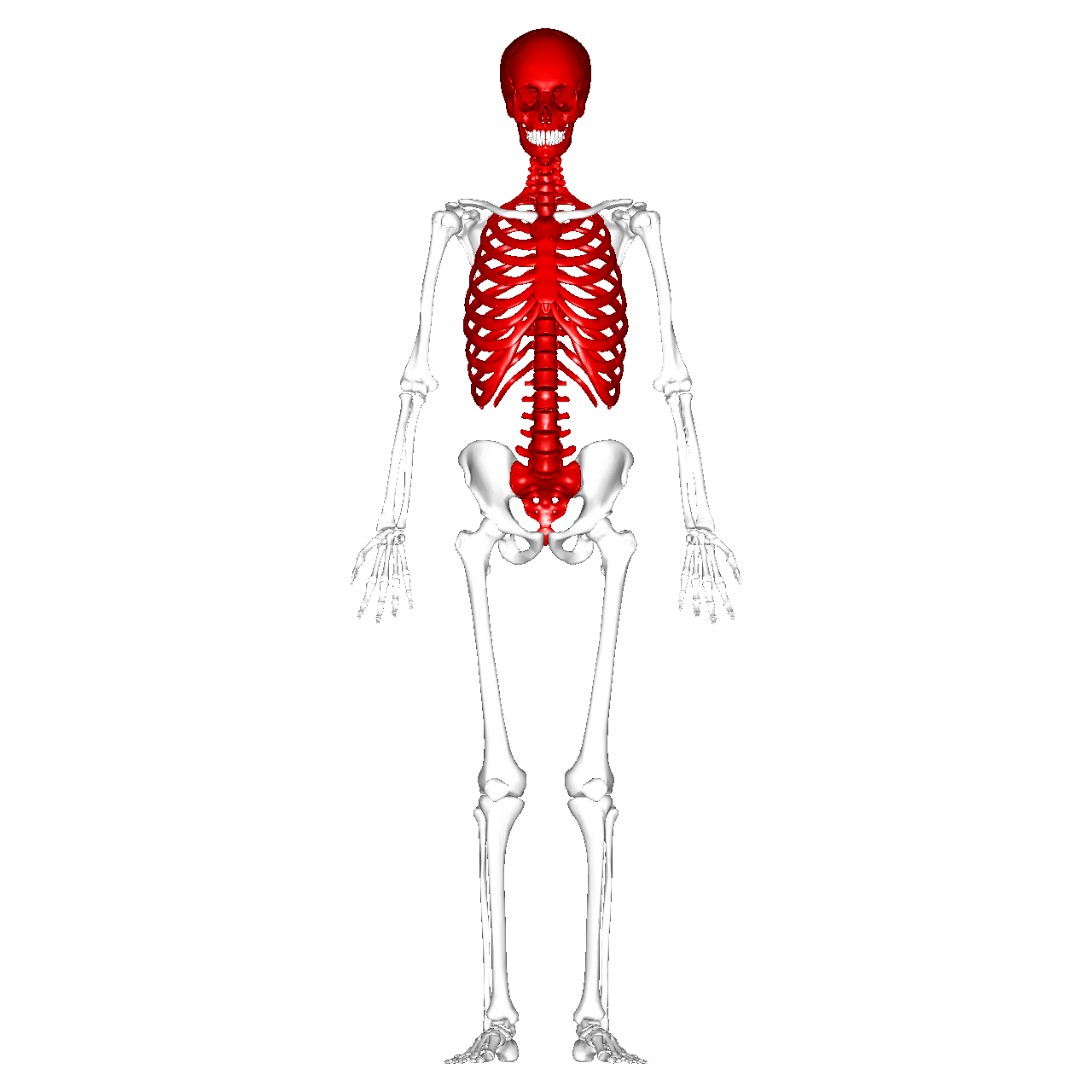
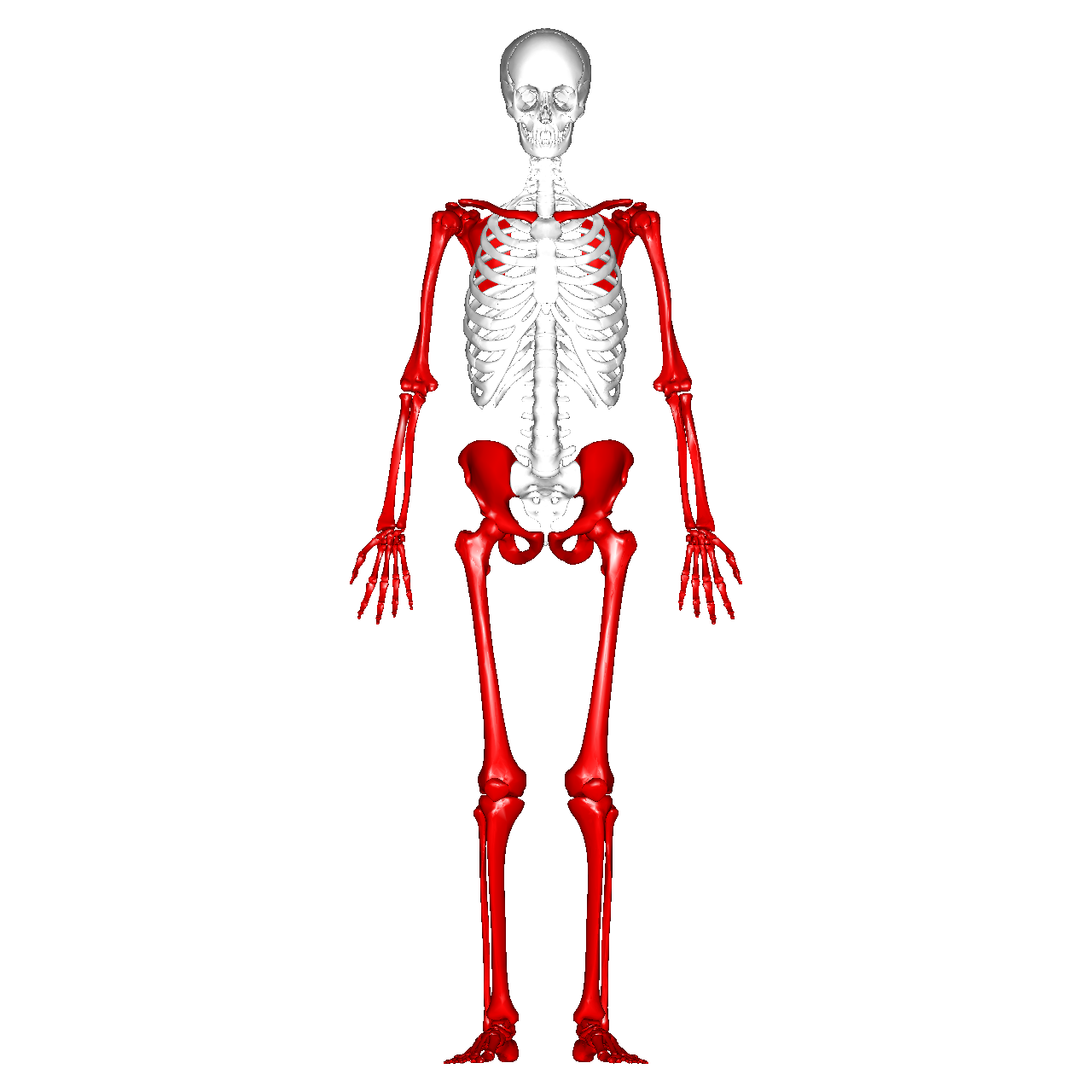
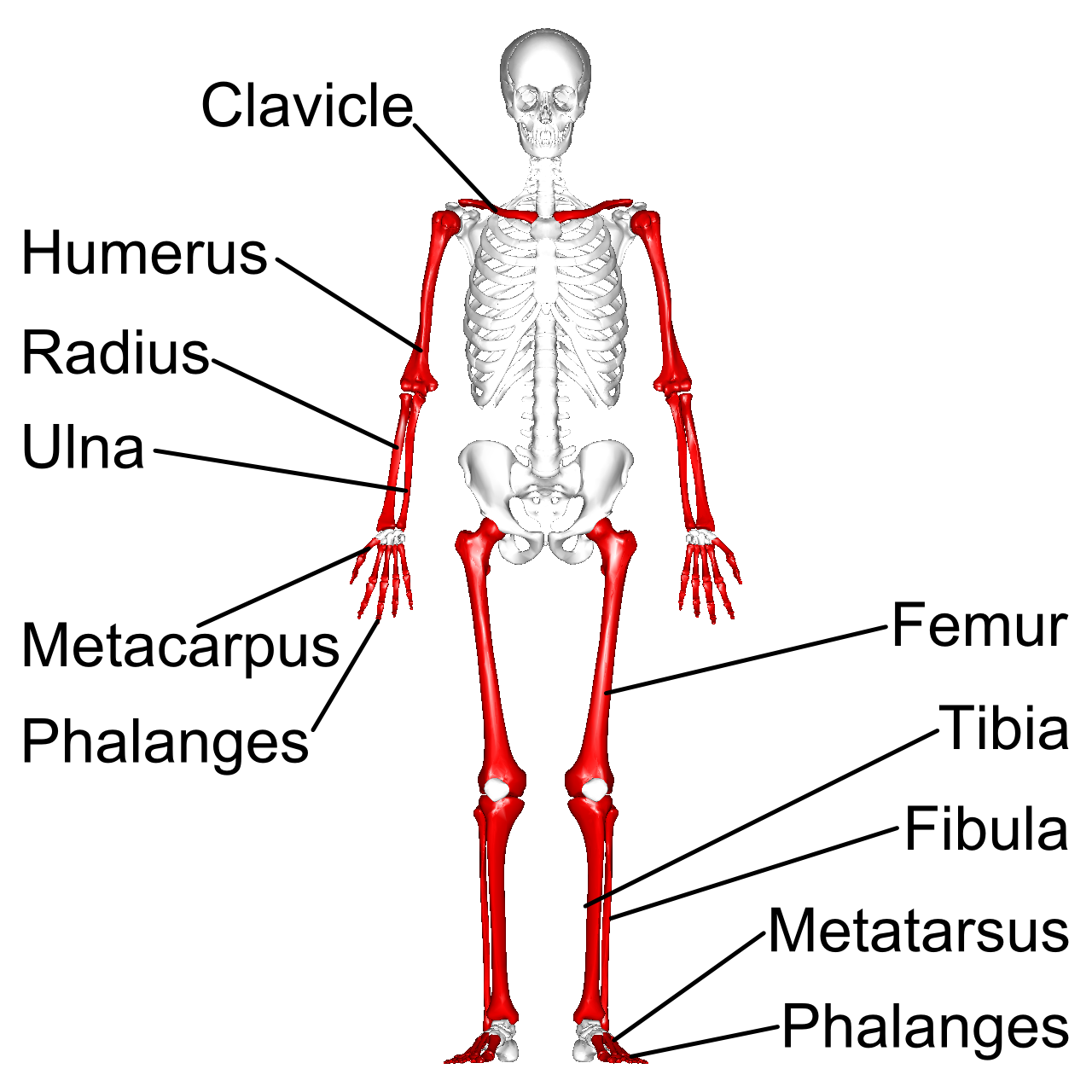
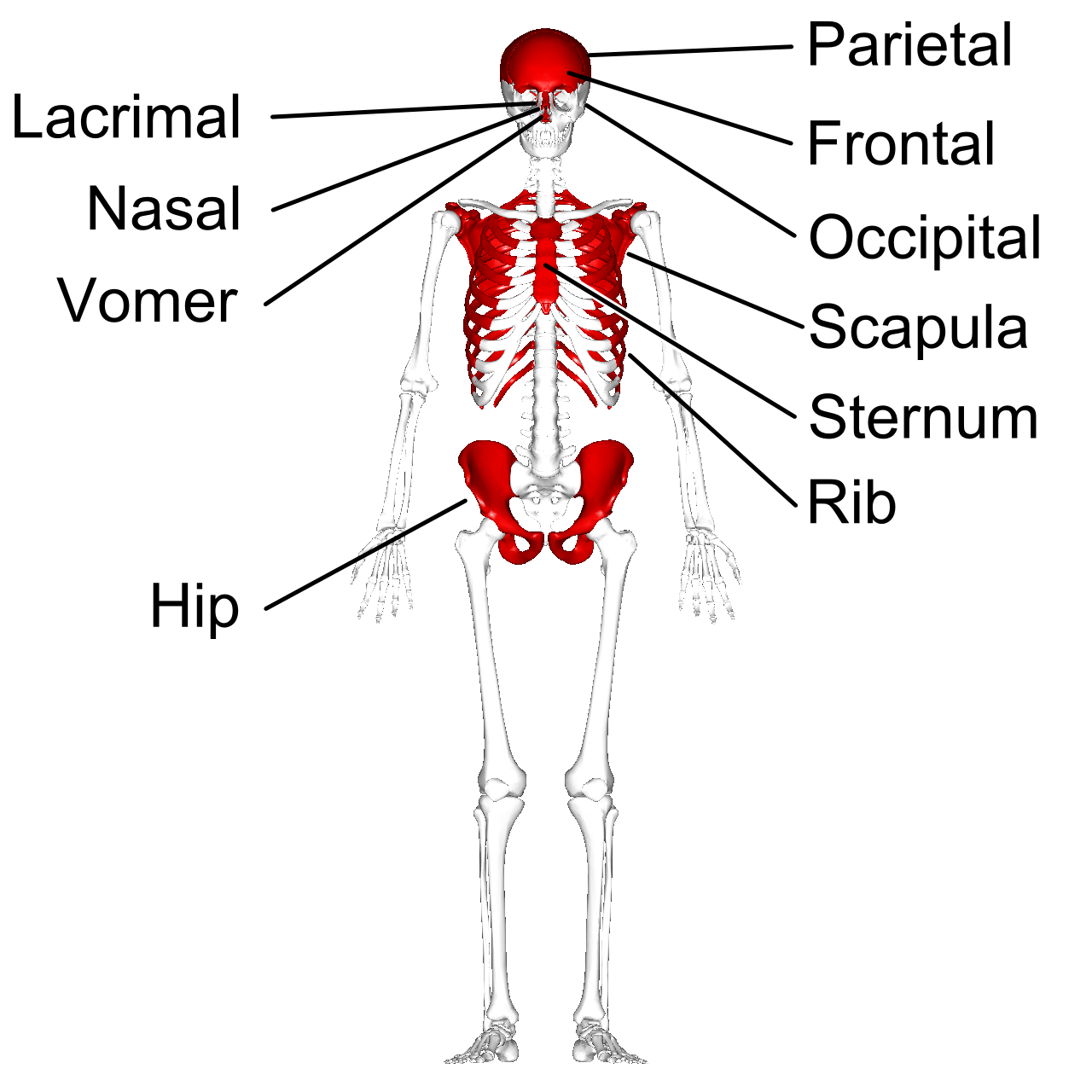
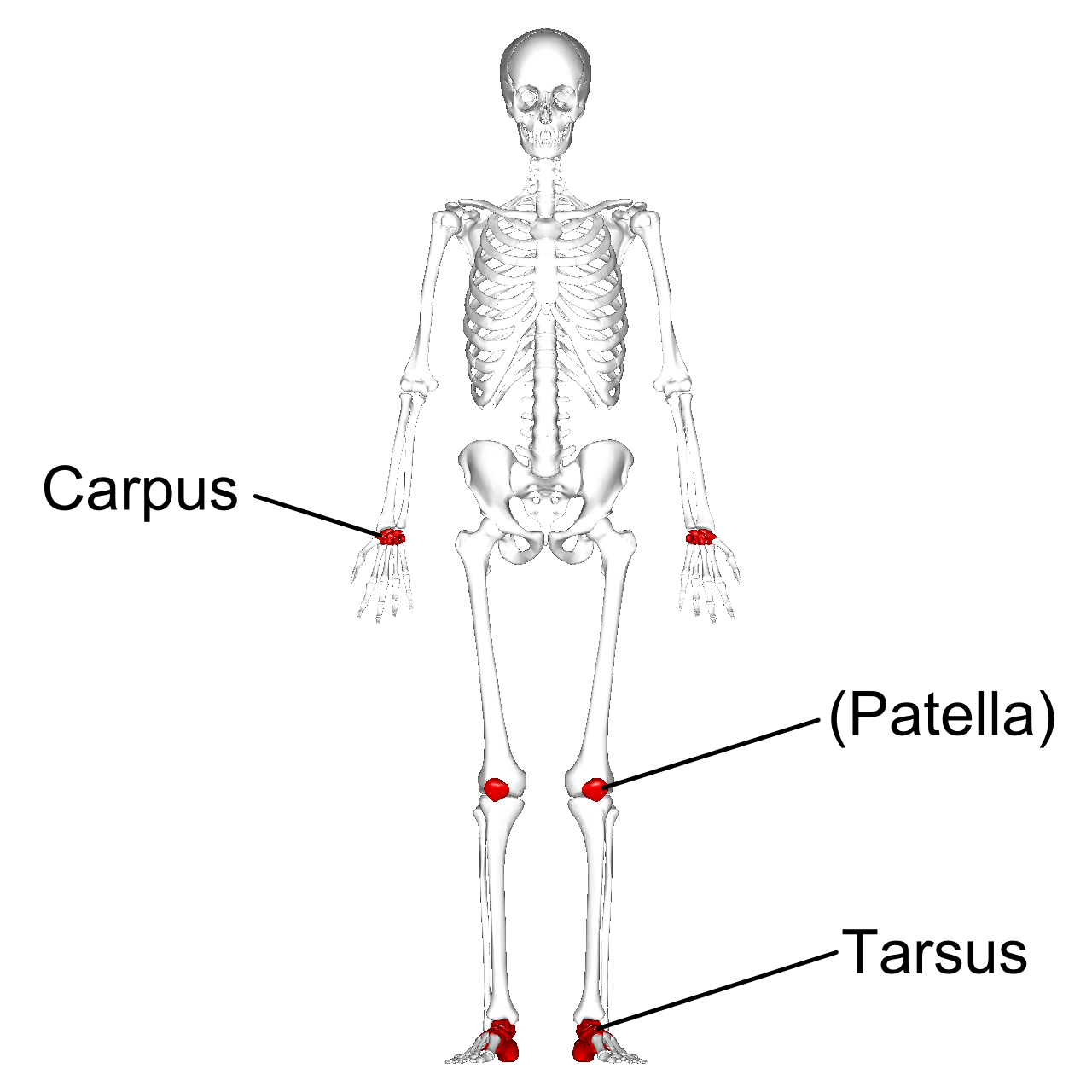
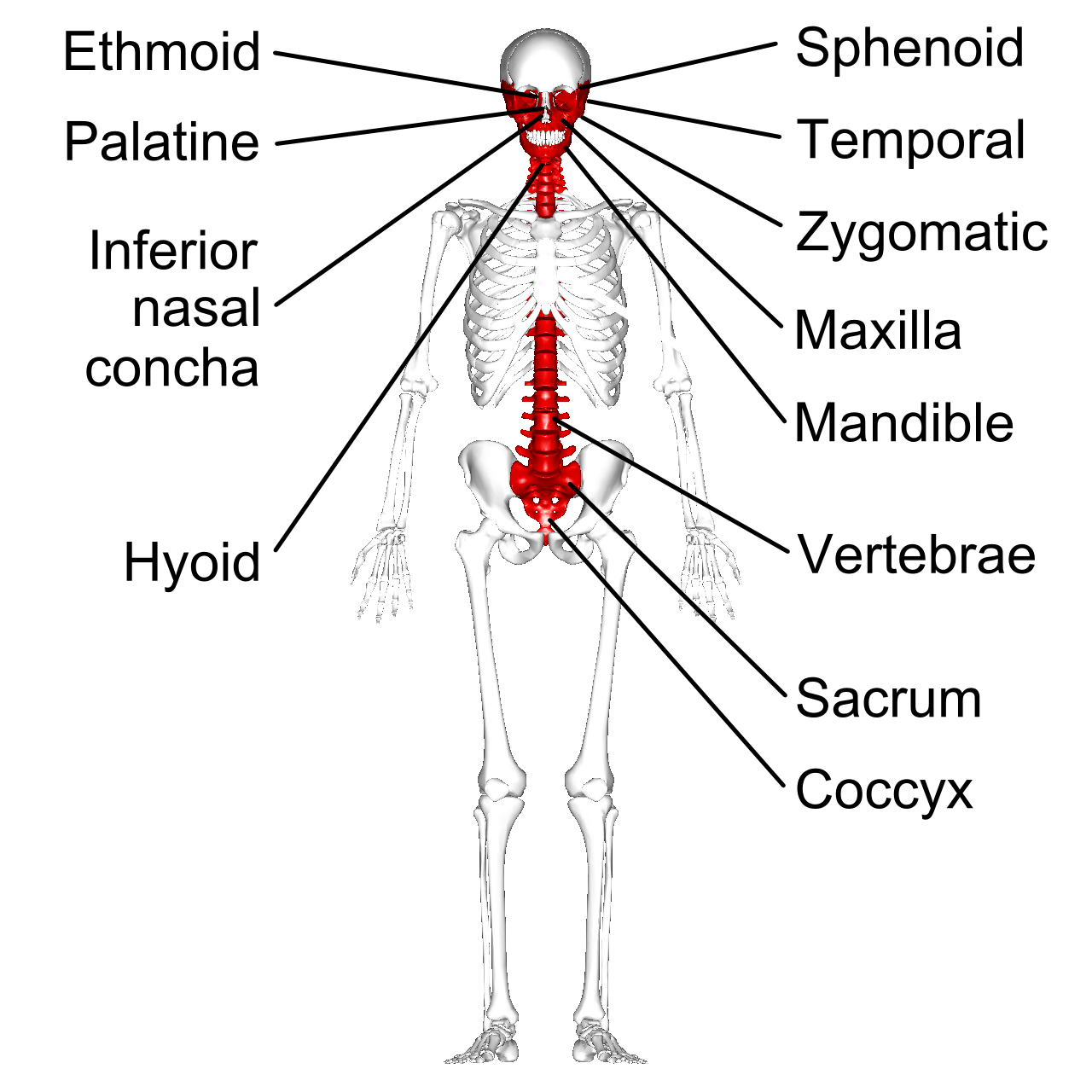
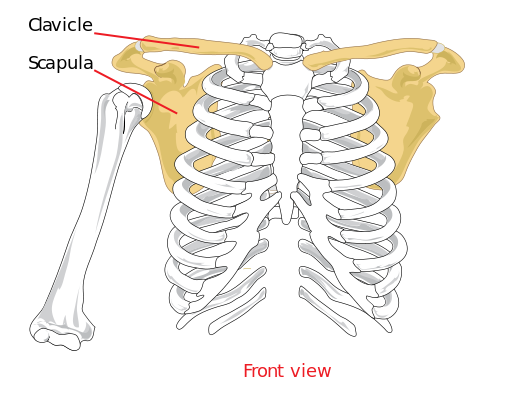
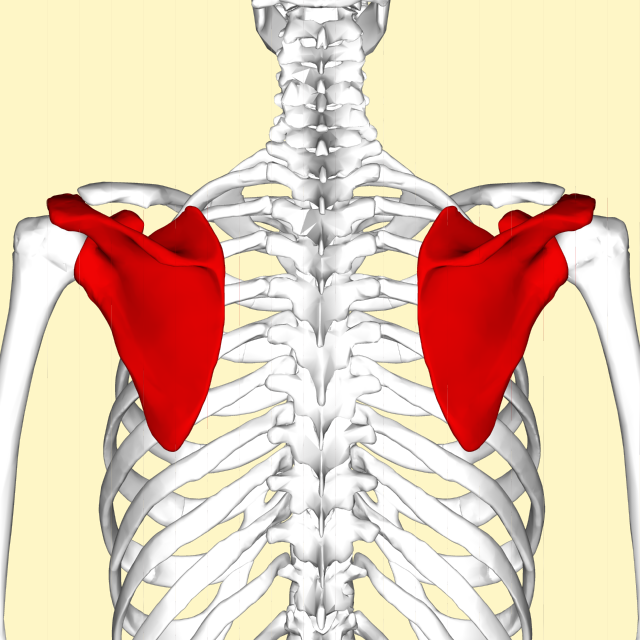
.gif)

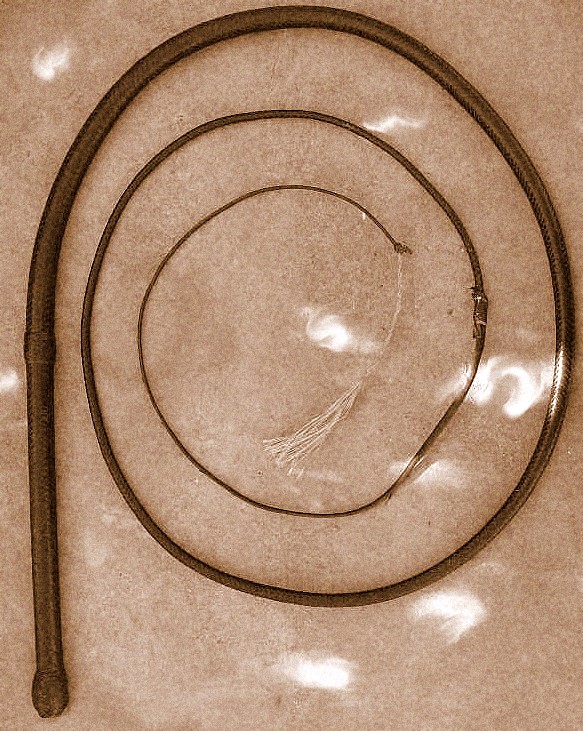
Slow motion baseball pitch
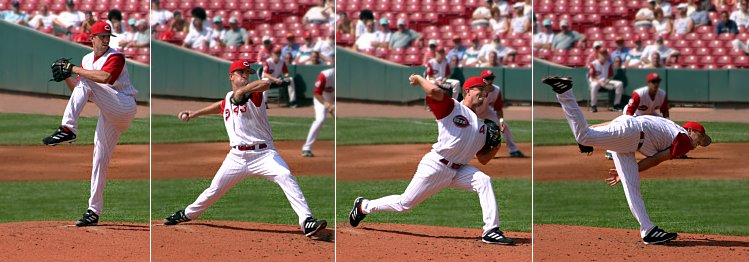

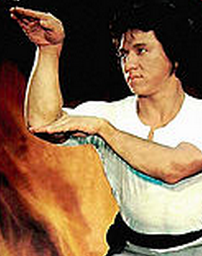

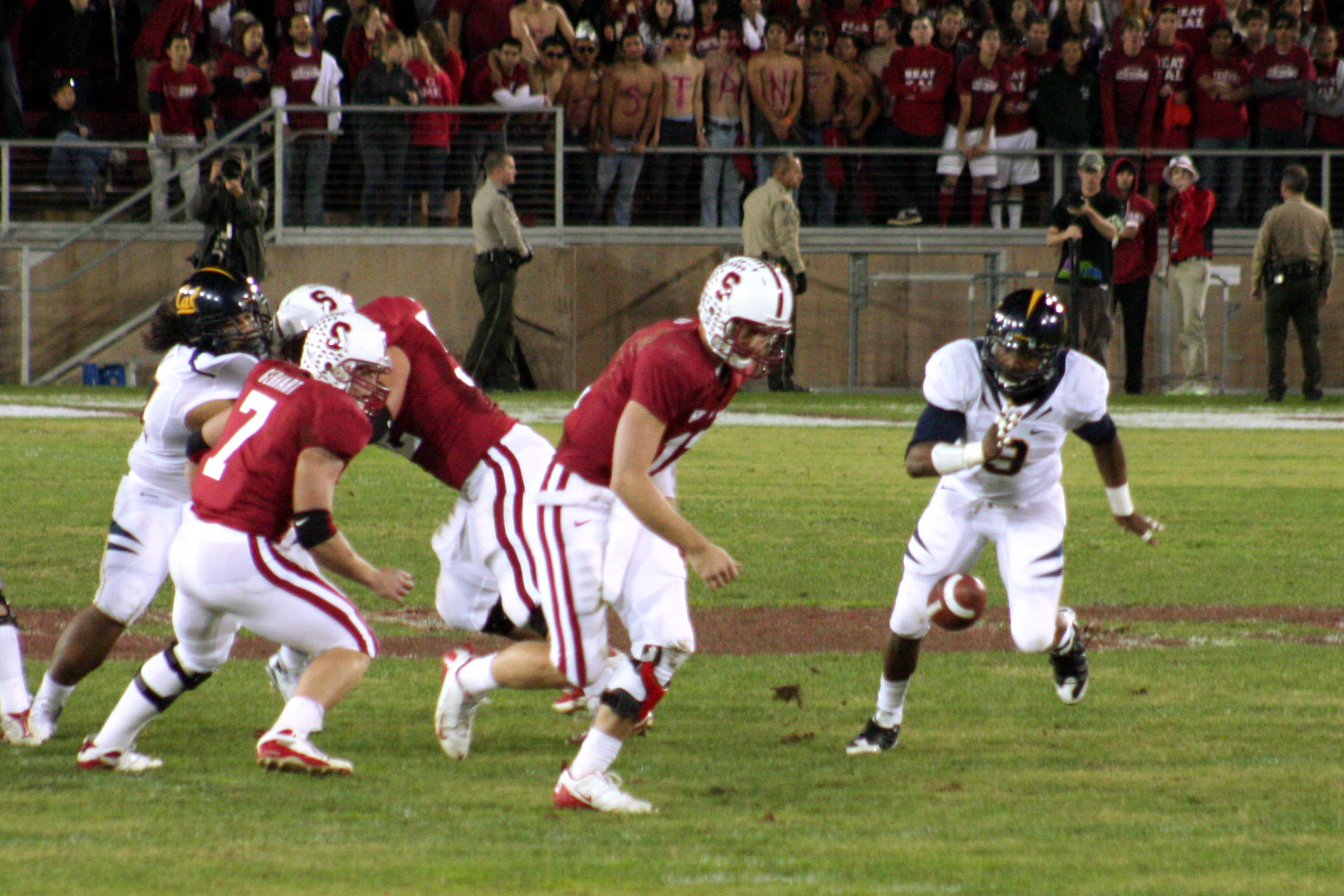
Syrio: It is not a great sword that is needing two hands to swing it.
The grip must be delicate.
Arya: What if I drop it?
Syrio: The steel must be part of your arm!
Can you drop part of your arm? No!
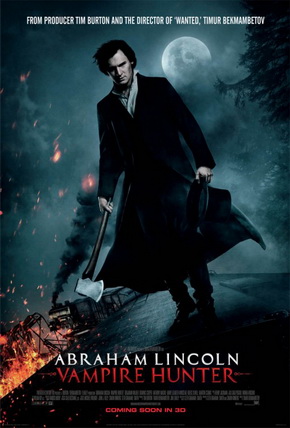


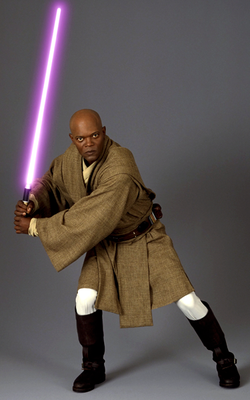

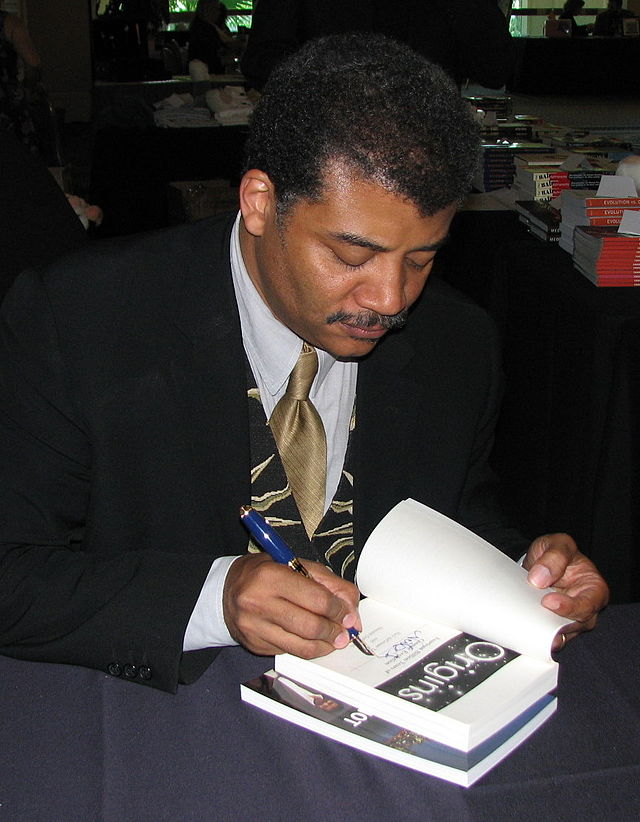
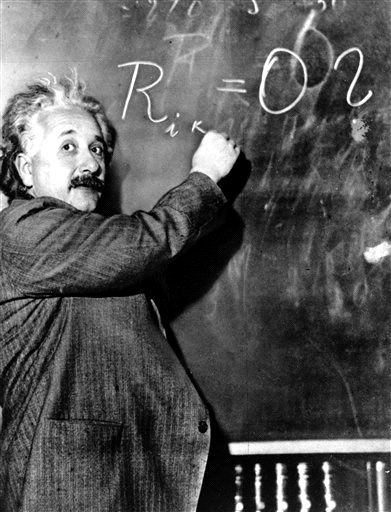
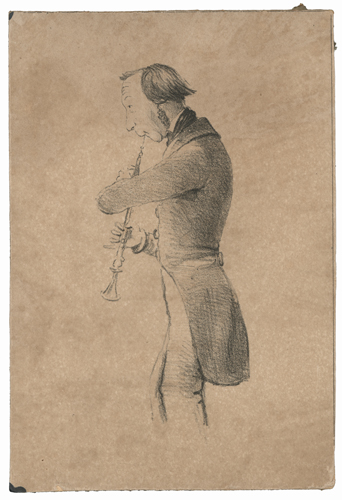
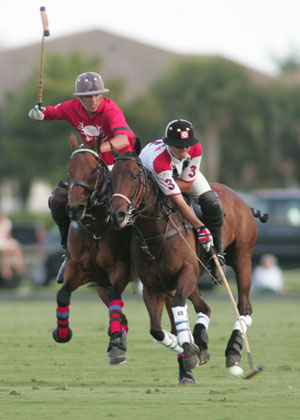


Li Mu Bai vs. Jade Fox and Jen
Li Mu Bai vs. Jen
Jet Li and the drunken sword
*
Marie Daniels illustrates capturing the balance of the viola.
*
Hilary Hahn
*
Sammo Hung vs. Wu Jing.
Techniques for gaining awareness
of the motion of a sword or staff.
*
Marie Daniels: techniques for gaining awareness of the motion of a bow.

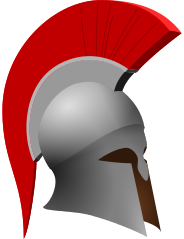
The less your head moves the more you can think. It's also important for the
head to move with the body without pivoting the atlas or axis vertebrae.
Examples:
Leonidas Kavakos
Karianne Brouwer
Gil Shaham
Sarah Tuke
Endurance = Energy / Mass = Strength / Density
Agility = Power / Mass
Stiffness = = Modulus / Density
Wrestleness = Agility * Endurance = Power * Energy / Mass2
Swordness = Stiffness * Endurance = Modulus * Strength / Density2
"Wrestleness" reflects a synthesis of endurance and agility, and "swordness"
reflects a synthesis of tensile modulus and tensile strength. Both give
emphasis to being lightweight.
Mass = M
Volume = Υ
Density = D = M / Υ
Strength = Ρ Tensile strength. Pressure to break the material
Modulus = ΡM Young's modulus
Endurance = Ε = Ρ / D = E / M
Stiffness = ΕM = ΡM / D
Modulus = ΡM Young's modulus
Endurance = Ε = Ρ / D = E / M
Stiffness = ΕM = ΡM / D
Energy = E = Ε M
Time = T Wave time for the lowest overtone
Power = P = E / T
Agility = Ξ = P / M
Wrestleness = Ω = Ξ Ε = P E / M2
Swordness = Ψ = ΕM Ε = ΡM Ρ / D2
Time is analogous to malleability.
Frequency = F
Time = T = E / P = F-1
Malleability = ε = Ρ / ΡM Fractional elongation at the breaking point
Rigidity = ξ = ε-1
Wrestleness = Ω = Ξ Ε = Ξ2 T = Ε2 F
Swordness = Ψ = ΕM Ε = ΕM2 ε = Ε2 ξ
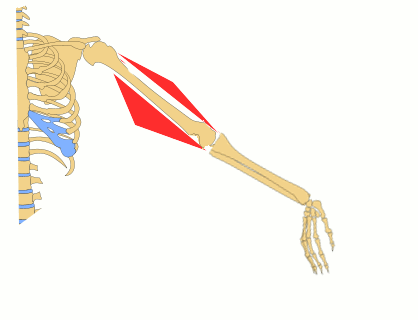
Bruce Lee: "It's not daily increase but daily decrease -- hack away at
the unessentials!"

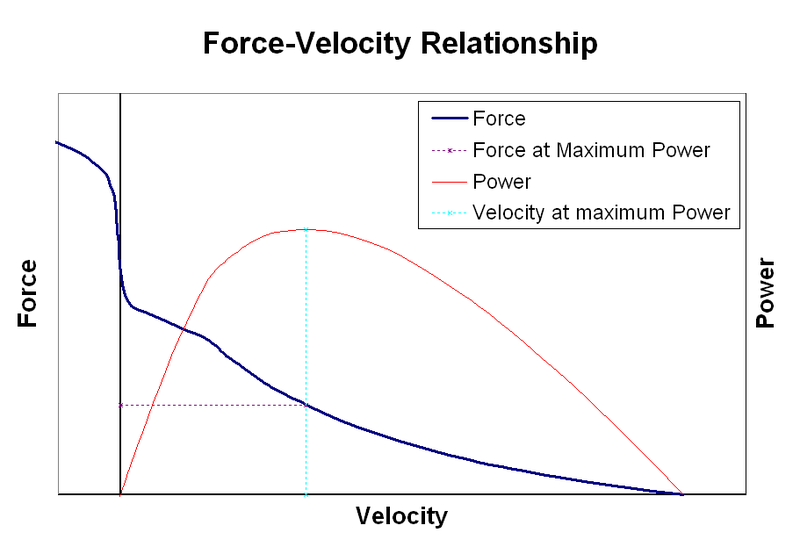
Muscles have their highest speed when they are under tension. You can use a
backswing to preload your muscles with tension.
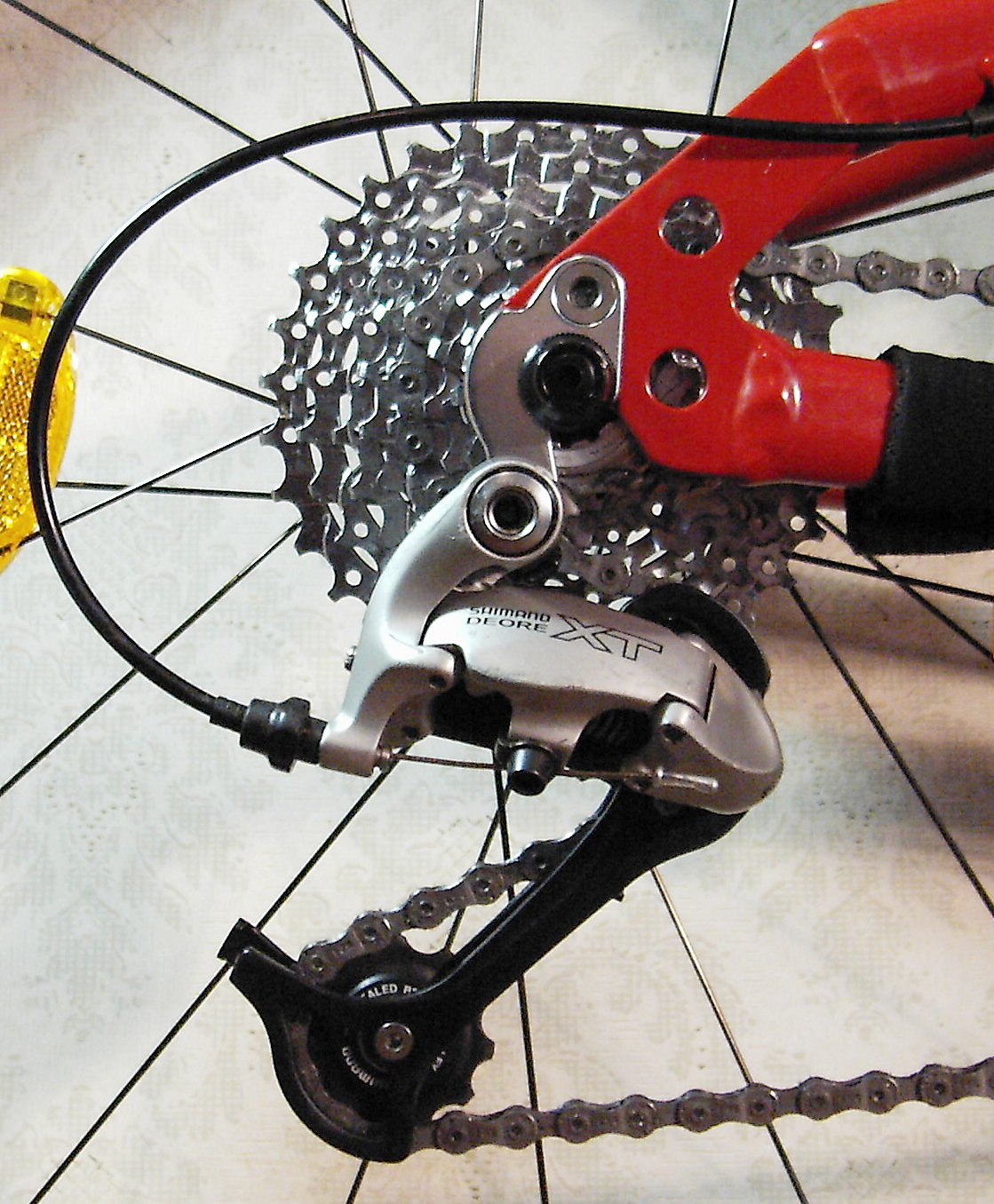

The Vision: It's terribly well balanced.
Thor: Well if there's too much weight you lose power on the swing.
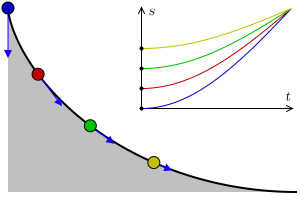

The brachistochrone curve delivers each ball to the endpoint the fastest.
Also, the time to reach the endpoint is independent of the starting point.

Pai Mei: Can you do that?
Beatrix: I can, but not that close.
Pai Mei: Then you cannot do it!
Practice initiating a motion with maximum suddenness and with minimal backswing.
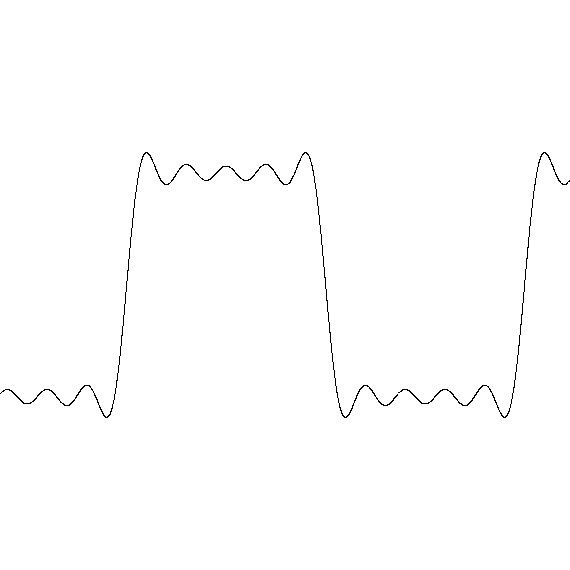
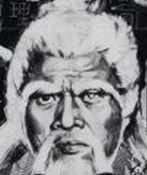


_Photograph_By_Shantanu_Kuveskar.jpg)

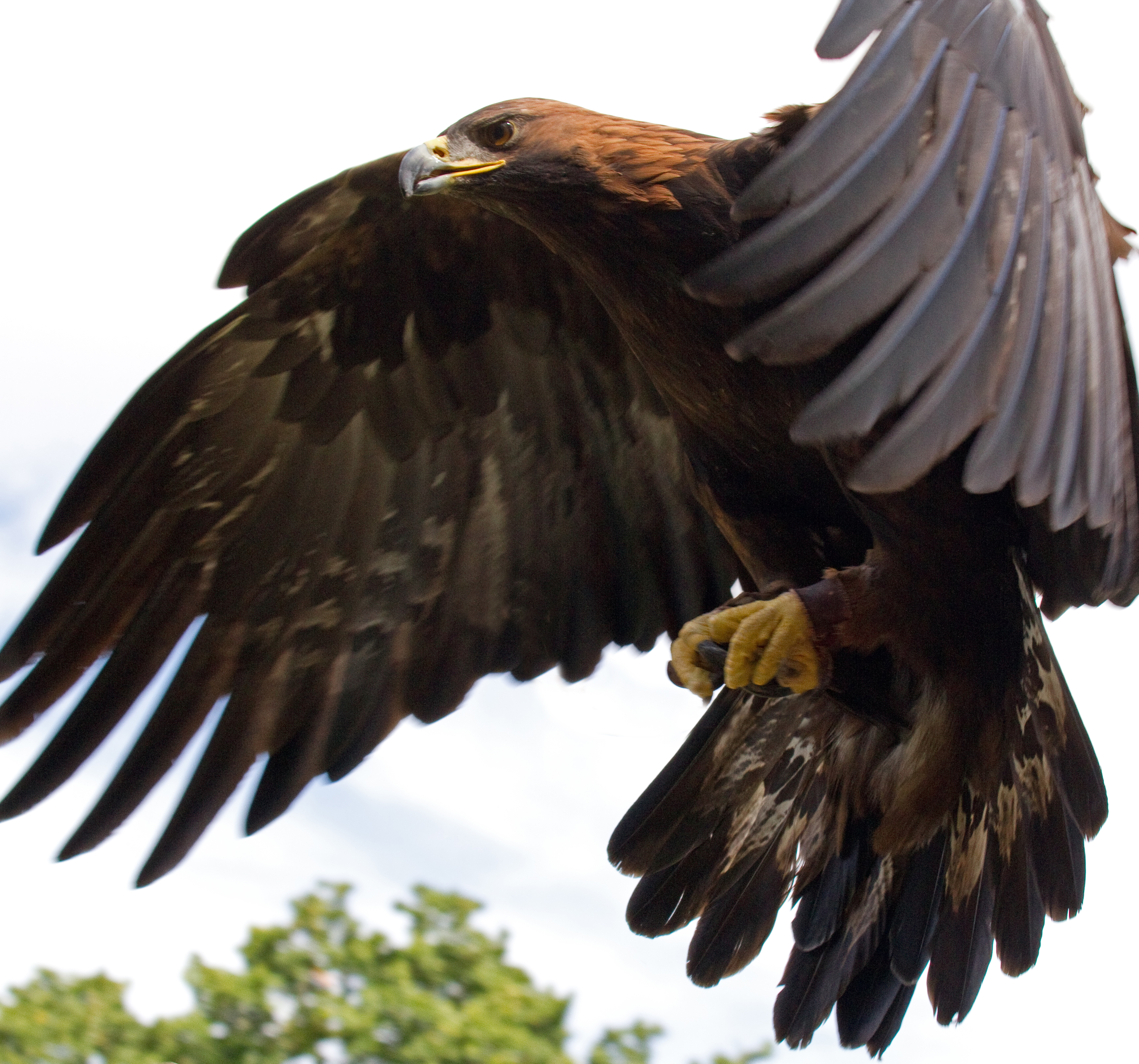
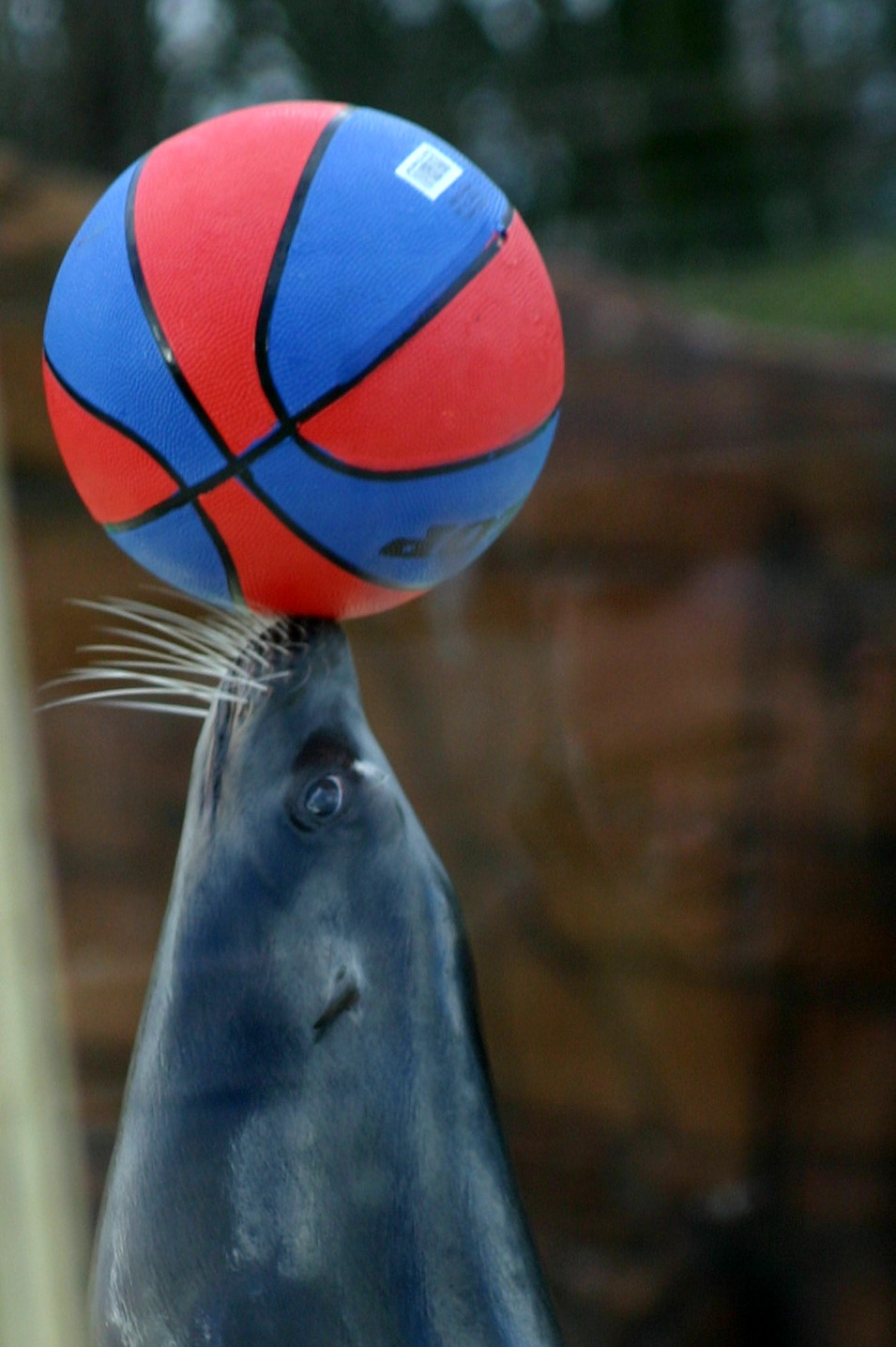




_at_Sultanpur_I_Picture_151.jpg)
Shaolin monks imitating frogs
Arya chasing a cat
Arya Sirio says a water dancer can stand on one toe for hours.
Eddard It's a hard fall down these steps.
Arya Sirio says every hurt is a lesson and every lesson makes you better.
Tomorrow I'm going to be chasing cats.
Eddard Cats? Sirio says?
Arya He says every swordsman should study cats.
They're as quiet as shadows and as light as feathers.
You have to be quick to catch them.


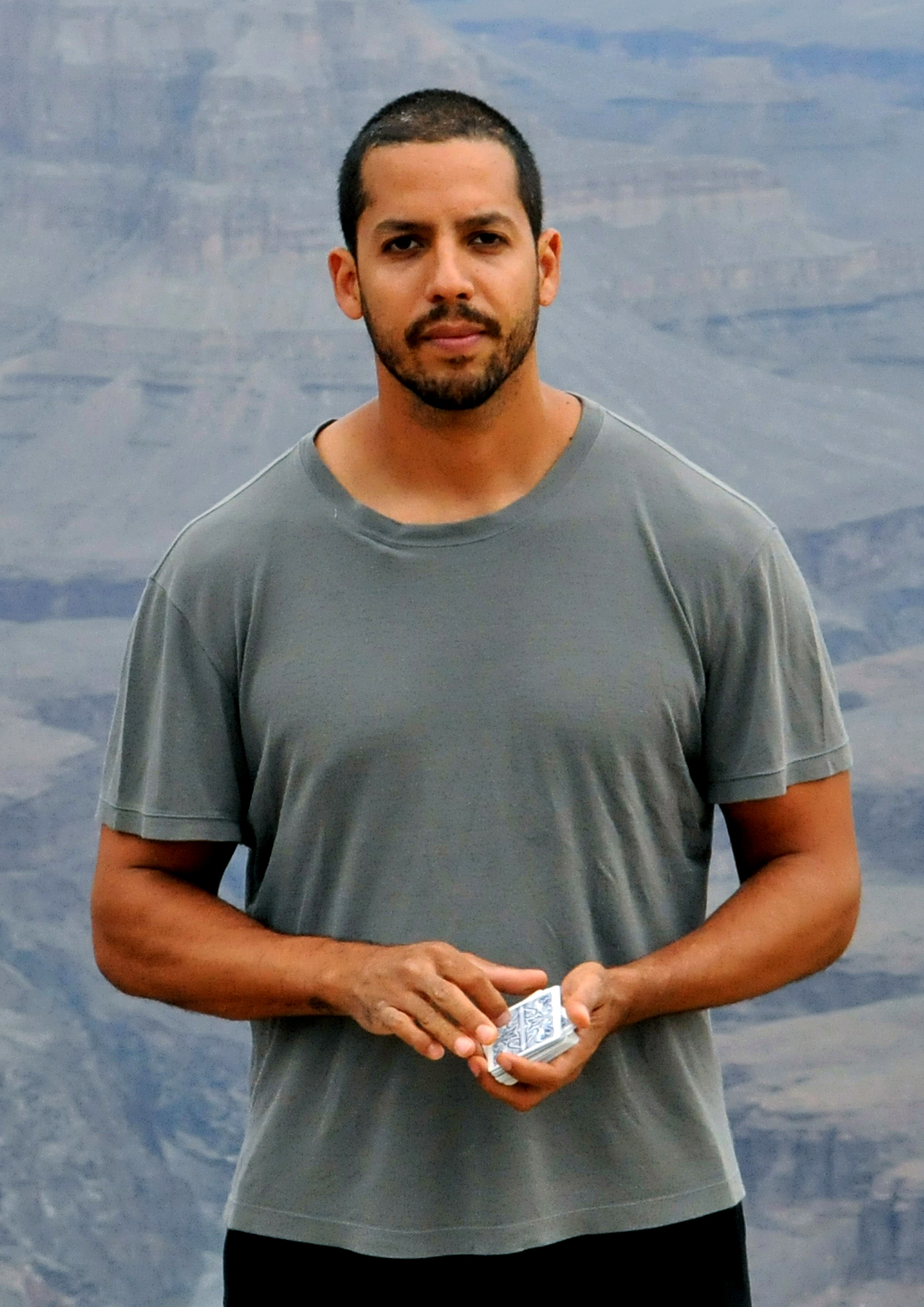

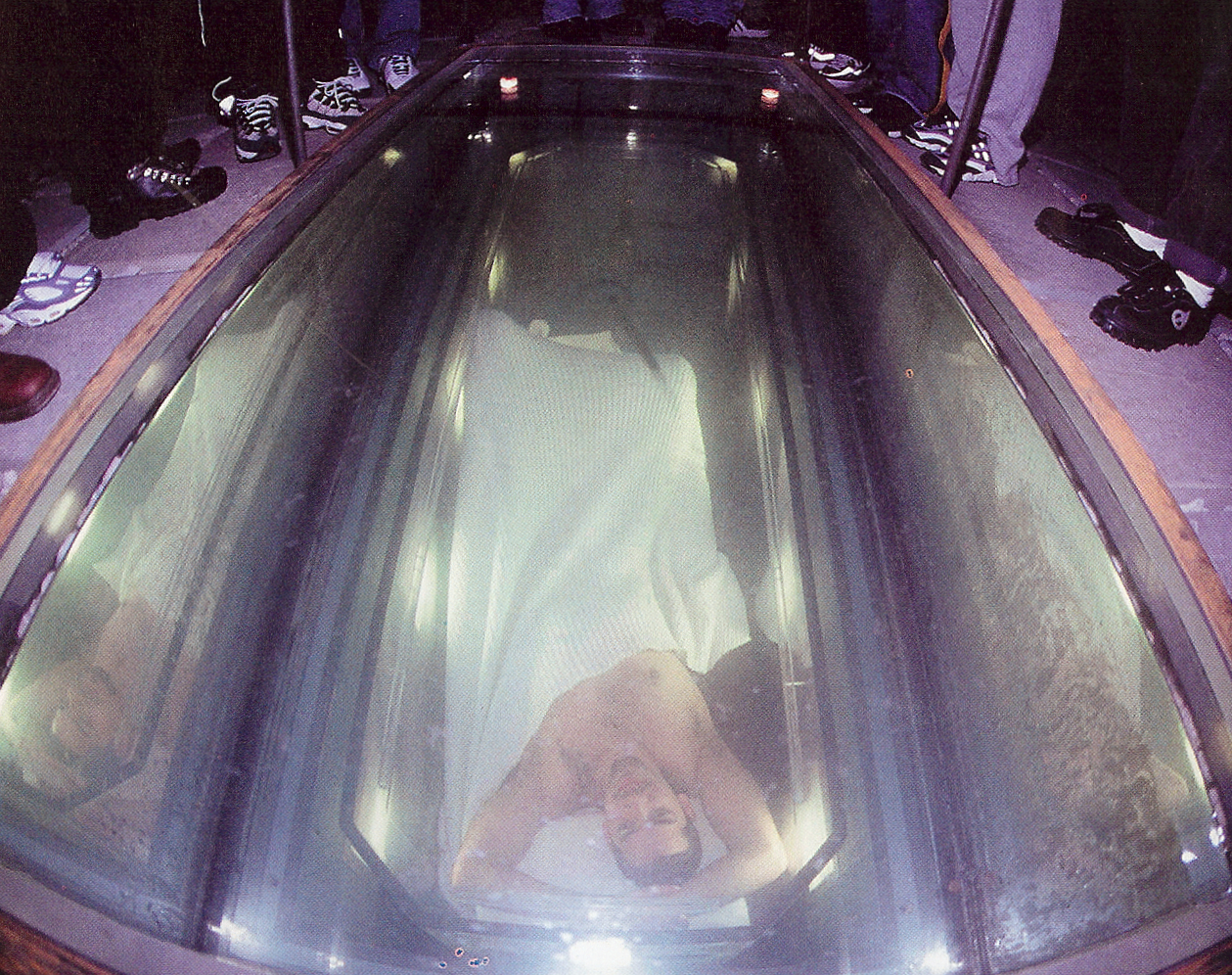



One has to develop endurance for meditation.


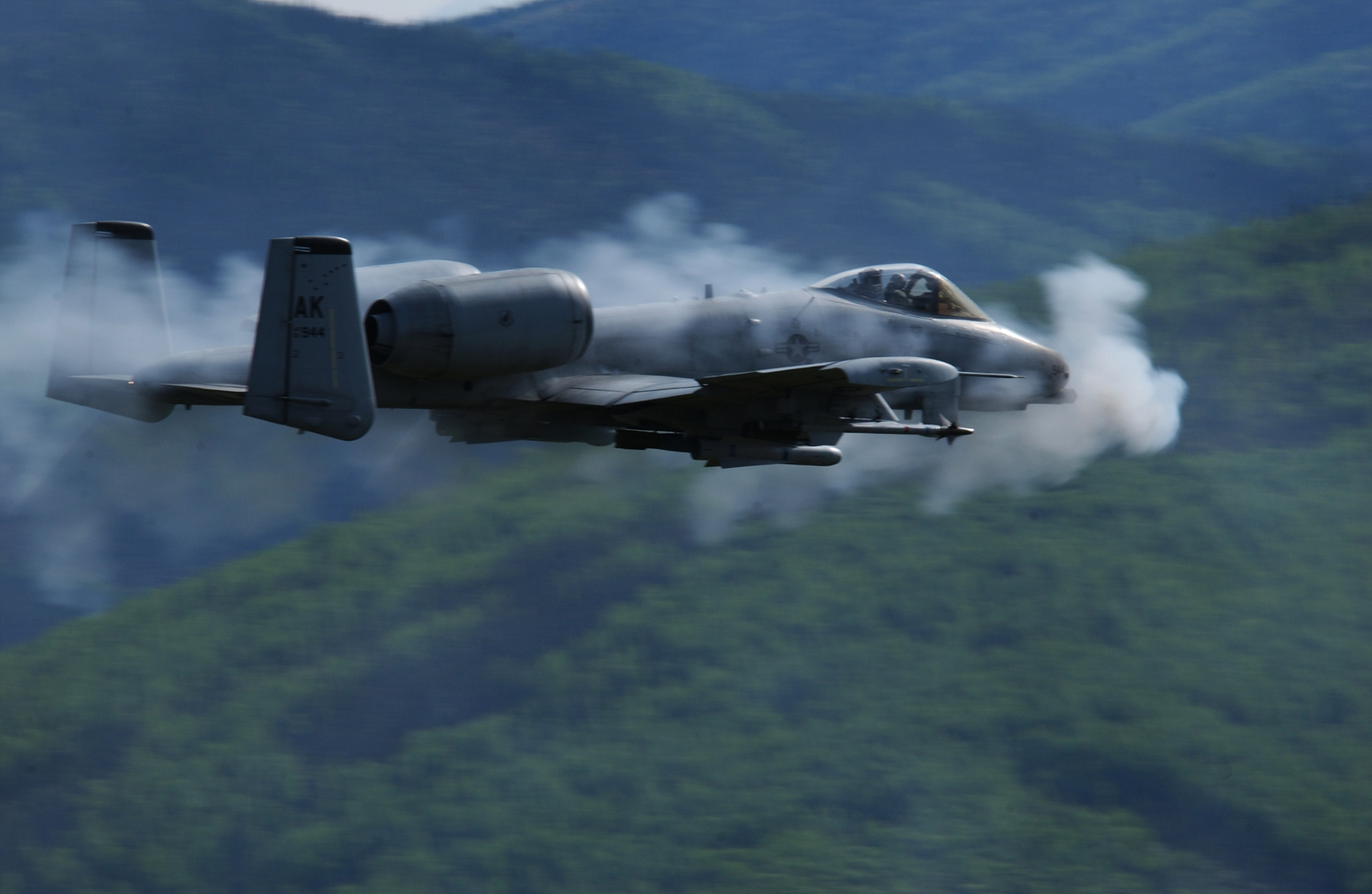



The mission of an A-10 Warthog is to fly close to the ground and shoot at
tanks. It's designed to take heavy damage and still function. It can fly with
one engine, one tail, one elevator, and half of one wing missing.
Crew 1
Empty weight 11.3 tons
Max weight 23 tons
Engines 2 engines, 40.3 kNewtons each
Max speed 200 meters/second
Stall speed 63 meters/second
Ceiling 13.7 km
Cannon 30 mm Gatling gun with 7 barrels, 1174 rounds, and 65 rounds/second
The A-10 is exceptionally tough, being able to survive direct hits from
armor-piercing and high-explosive projectiles up to 23 mm. It has
double-redundant hydraulic flight systems, and a mechanical system as a back up
if hydraulics are lost. Flight without hydraulic power uses the manual
reversion control system; pitch and yaw control engages automatically, roll
control is pilot-selected. In manual reversion mode, the A-10 is sufficiently
controllable under favorable conditions to return to base, though control
forces are greater than normal. The aircraft is designed to fly with one
engine, one tail, one elevator, and half of one wing missing.

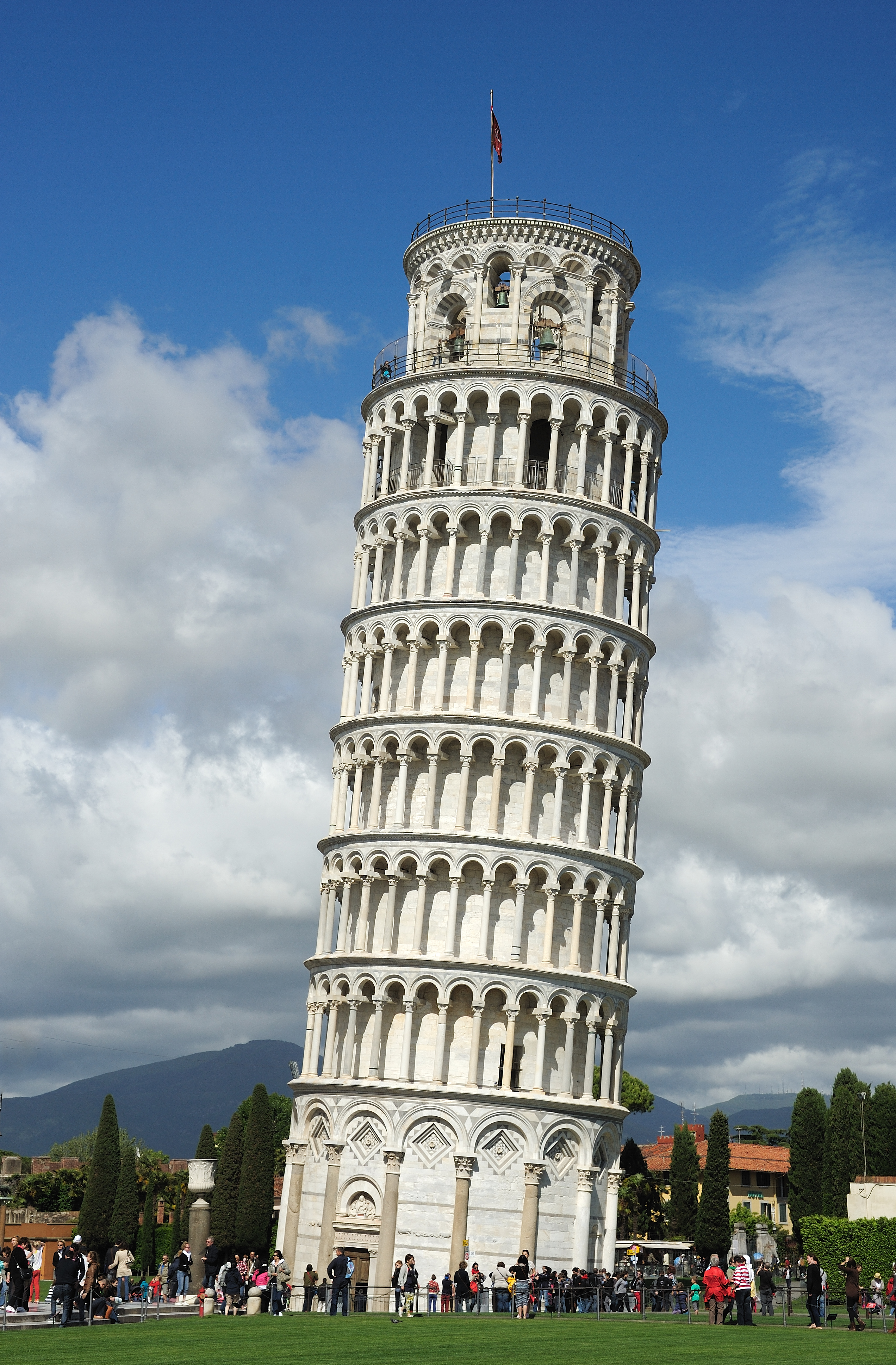
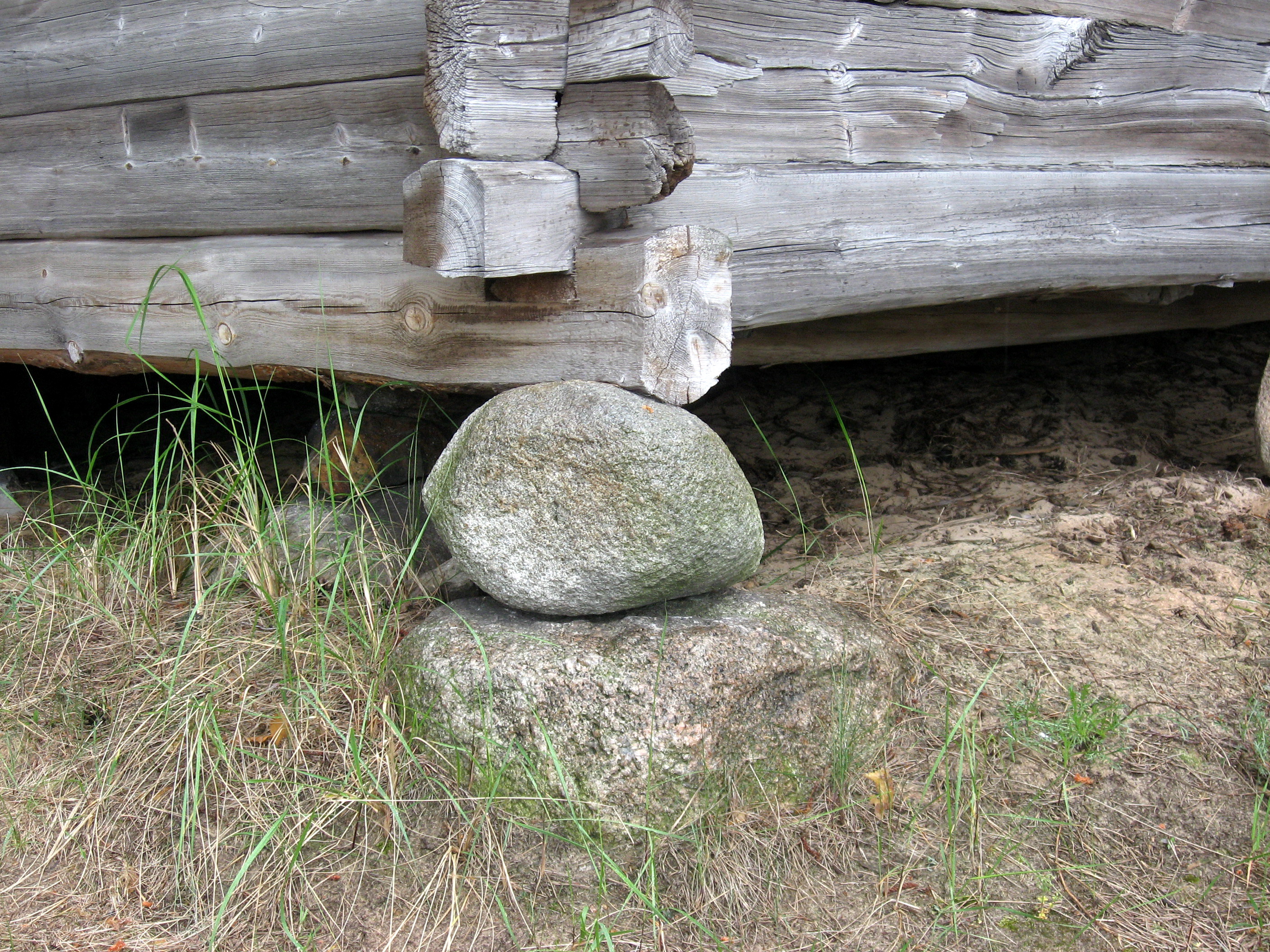

The height of Manhattan skyscrapers is determined by the quality of the bedrock.
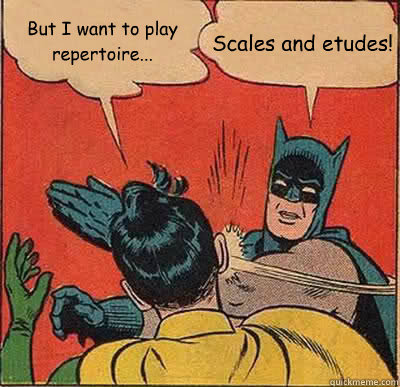
Breathing cycle, walk cycle, axis cycle
Spine curvature
Ulna point and tibia point
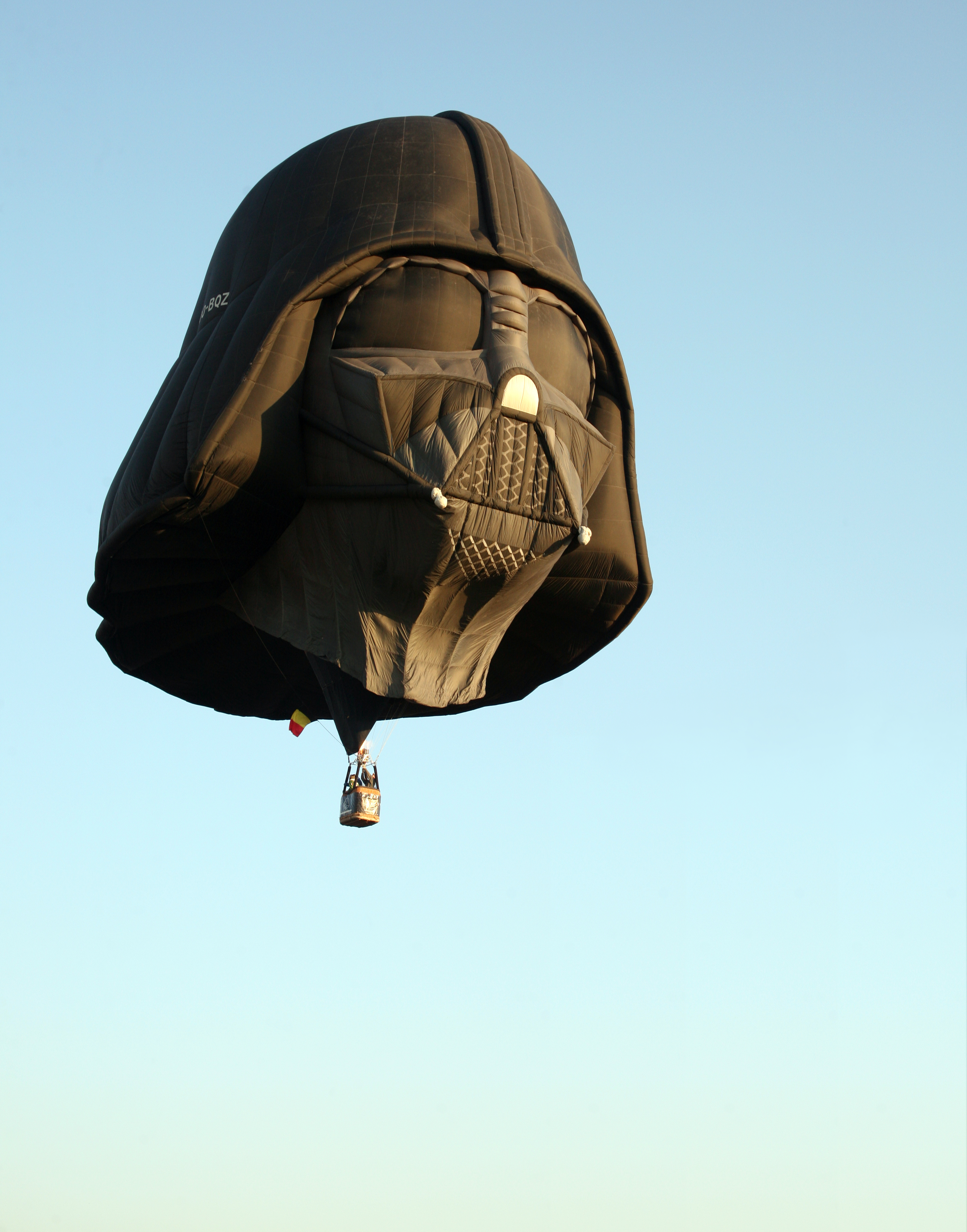
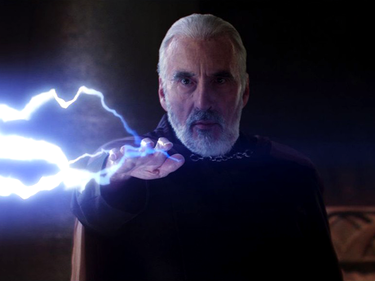

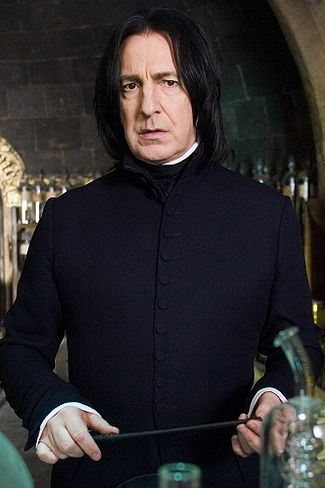
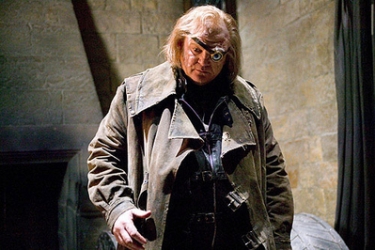
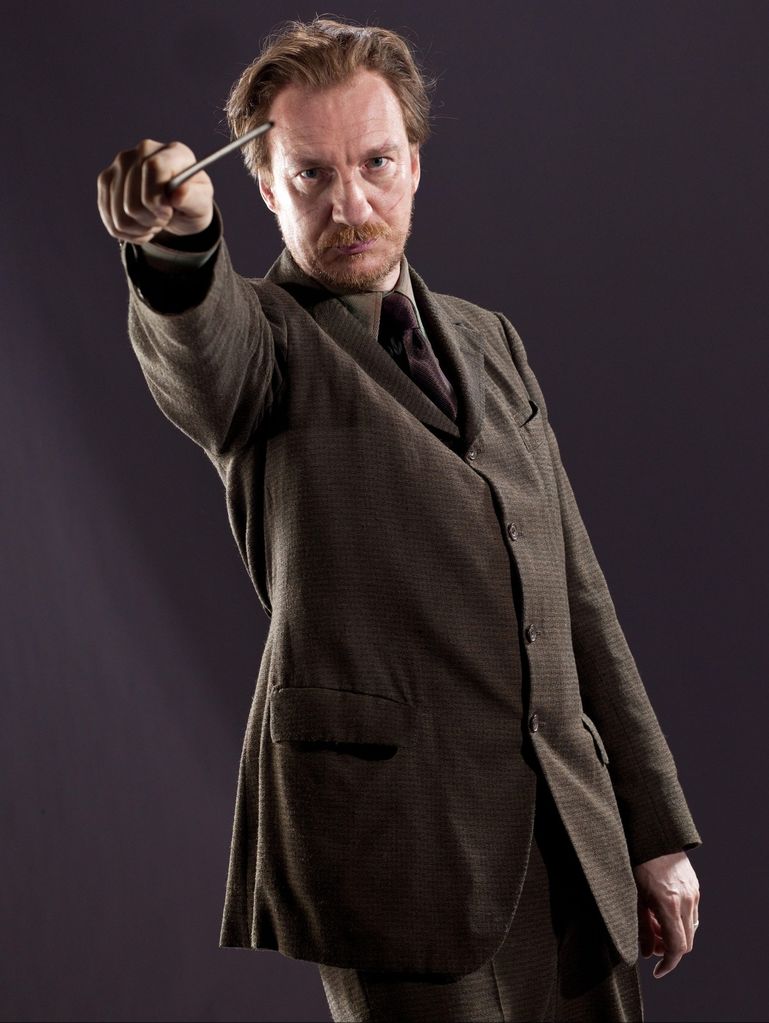


What do you call a fast man that can't catch? A cornerback
What do you call a fast man that can't tackle? A wide receiver
What do you call a fast man that can't tackle or catch? A sprinter
What do you call a fast man that can tackle and catch? A rugby player
What do you call a slow man man that can't tackle
or catch, but is badass in intangible ways? A rugby player
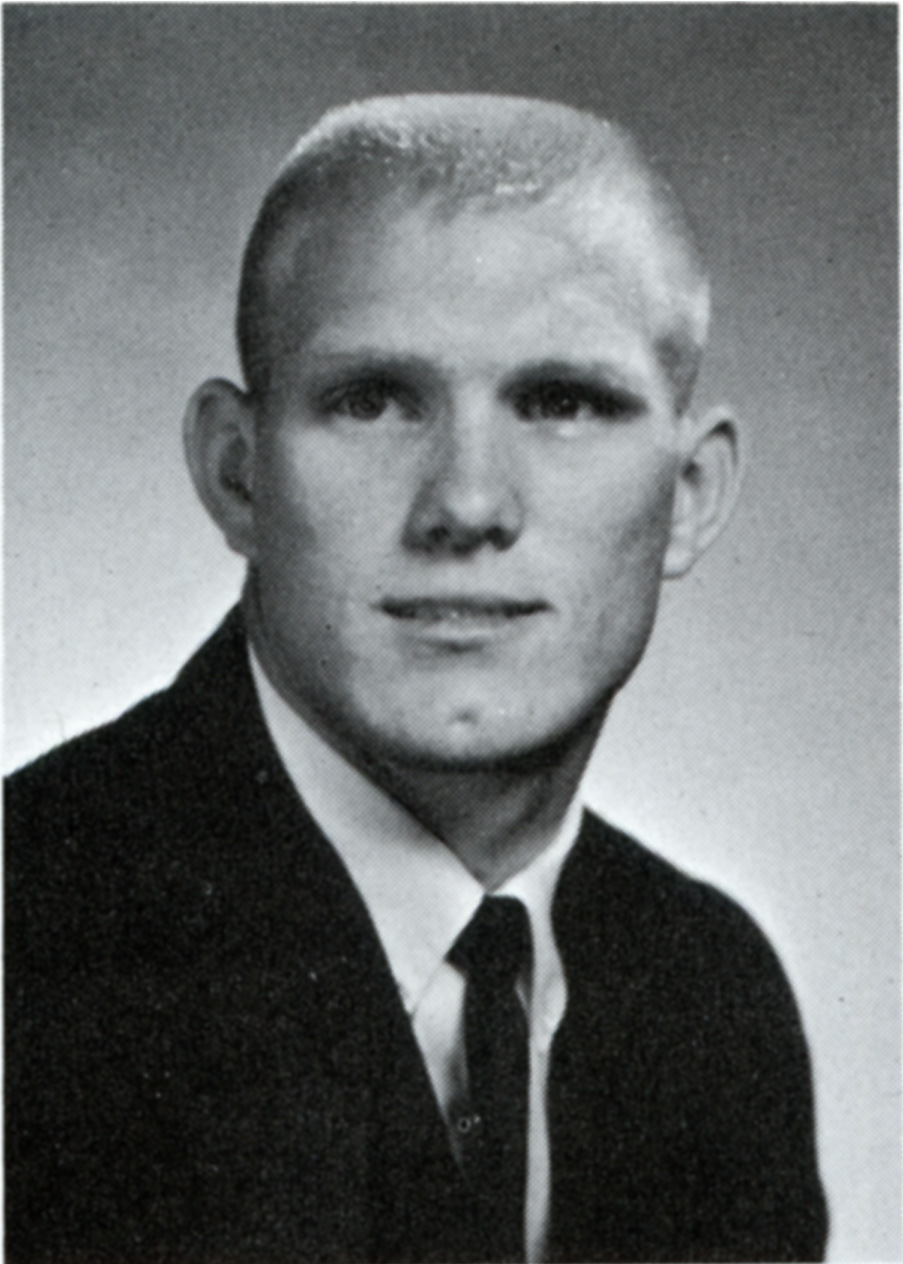

Odona Yes. Sounds like an engine.
Kirk Ship's engines don't make that kind of sound.
Odona But there is something wrong with the equipment. Could that be it?
Kirk I know every sound that this ship might make. It's coming from outside.
Neo: I know kung fu!
Morpheus: Show me.
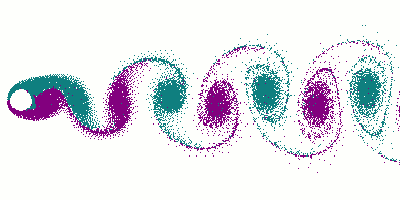
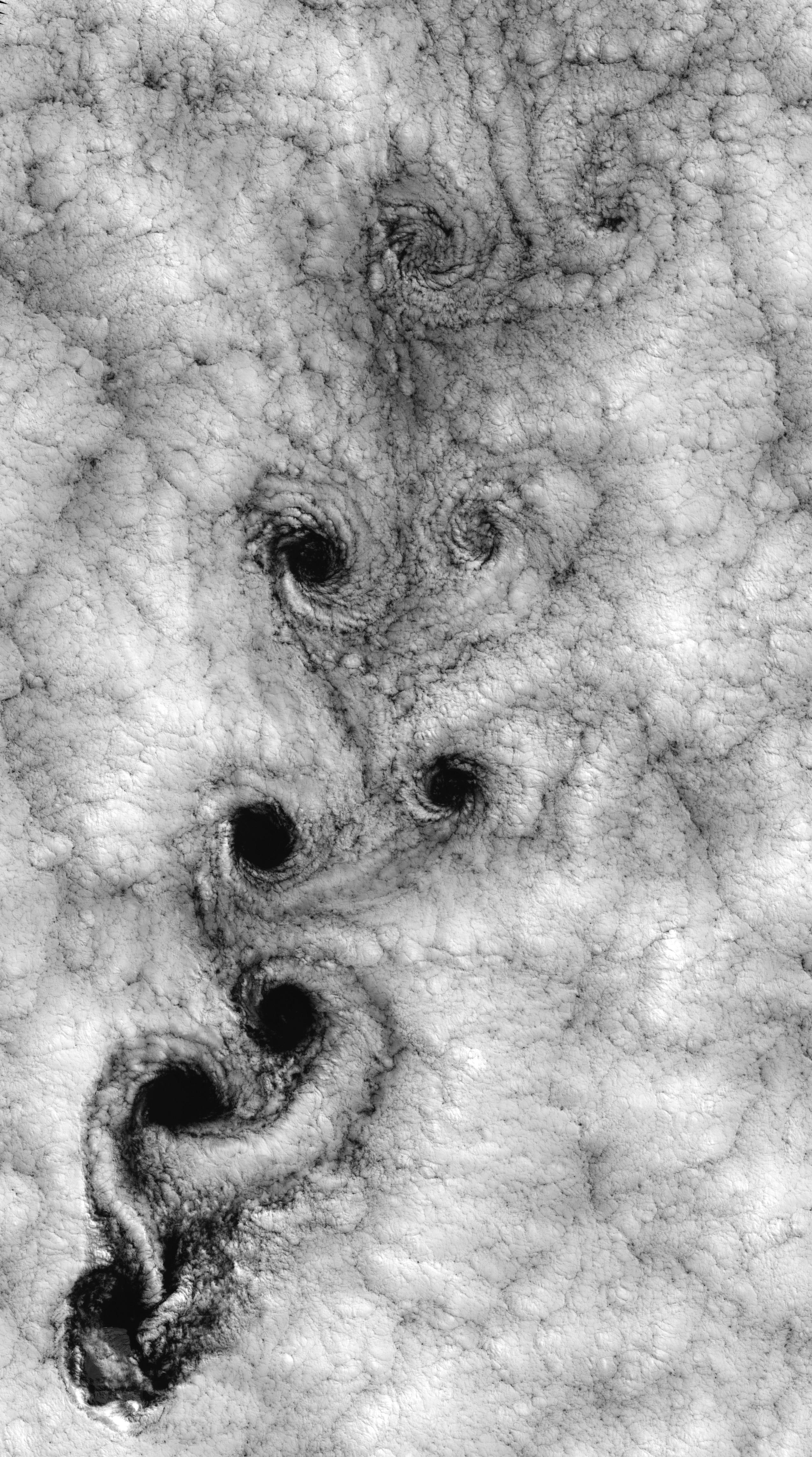

V = Velocity of the cylinder
D = Diameter of the cylinder
S = Dimensionless Strouhal number
= 1/5 for most situations
F = Frequency of vortices
= S V / D
Typical values for a moving bow are
V = 1 meter/second
D = .005 meters (typical value for the cross-section of the bow hair)
F = 40 Hertz
If you hold a bow to the wind or wield it like a sword you can feel the Von
Karman vortices. The bowhair is lightweight and easily activated by the
vortices. This allows you to perceive the bow's speed as a sound frequency,
which is more precise.
F = (1/5) * (1 m/s) / ((1/3) meters)
= 3/5 Hertz



Collapse the wrist at the downbow


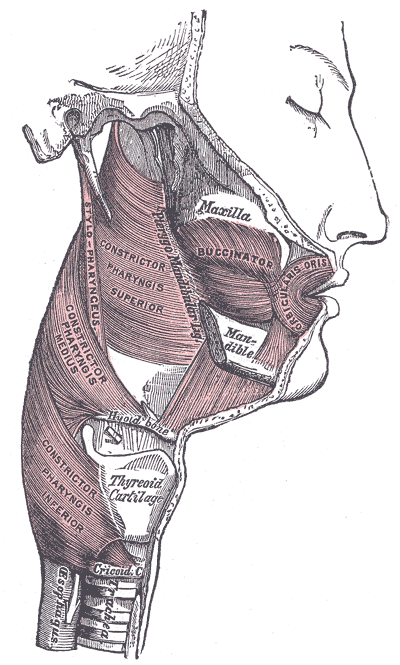

Diana Deutsch Speech-to-song illusion
Sinewave speech synthesis
Shepard tones
Amy Walker's youtube channel on vocal technique
Yehudi Menuhin's lecture on violin technique
Jascha Heifetz's lecture on violin technique
Bellydancing (treat the body as a set of overtones).
Jet Li vs. Billy Chow
Jet Li vs. Chin Siu-ho
Sammo Hung vs. Wu Jing
Jackie Chan vs. Ken Lo
Jackie Chan Drunken Master training
Jackie Chan vs. Jet Li
Gordon Liu in 'Instructors of Death'
Crouching Tiger Hidden Dragon, Bamboo forest scene
Chow Yun Fat with a sword
Gordon Liu in 'The 36th Chamber of Shaolin'
Glen Levy
Ben Askren
Pai Mei and the 5 point palm exploding heart technique
Sammo Hung in "Enter the Fat Dragon"

-776 Hercules establishes the Olympic games, with wrestling as a sport
-648 The sport of "Pankration" is introduced to the Olympic Games. Similar to MMA.
-536 -520 Milo of Croton dominates Olympic wrestling
-450 Gautama Buddha develops the art of meditation
464 Batuo, a monk from India, founds the Shaolin Temple
500 Bodhidharma, a Buddhist monk, teaches at the Shaolin temple
1600 Sumo emerges in Japan
~1700 Shaolin temple destroyed by the Chinese Emperor.
The monks who escaped spread Shaolin kung fu throughout China.
These monks were:
Ji Sin - Developed Tiger Crane style
Ng Mui - Developed Wing Chun
Bak Mei - Known as "Pai Mei" in kung fu films. Appears in "Kill Bill"
~1700 Fong Sai Yuk. Portrayed by Jet Li in the "Fong Sai Yuk" film series.
1847 1924 Wong Fei Hung. Master of Hung Gar style. Portrayed by Jet Li in
the "Once Upon a Time in China" film series.
1860 1938 Jigoro Kano. Developed Judo and taught it to Mitsuyo Maeda and
Moshe Feldenkrais
1868 1910 Huo Yuanjia. Portrayed by Jet Li in the film "Fearless"
1869 1955 F.M. Alexander. Developed "Alexander Technique"
1893 1972 Yip Man. Practitioner of Wing Chun. Teacher of Bruce Lee
1904 1984 Moshe Feldenkrais. Physicist and wrestler.
Developed the "Feldenkrais Method".
1912 1979 Simon Yuen
1917 Mitsuyo Maeda teaches Judo to the Gracie family.
Helio Gracie subsequently develops Brazilian Jiu-Jitsu
1922 Usui develops Reiki
1933 Jigoro Kano trains Feldenkrais in Judo
1940 1973 Bruce Lee
1940 Chuck Norris
1949 Feldenkrais trains with Alexander
1951 Masahiko Kimura vs. Helio Gracie
1952 Sammo Hung
1954 Jackie Chan
1955 Gordon Liu
1963 Jet Li
1963 Michelle Yeoh
1963 Donnie Yen
1970 Shaw Brothers Studios begins mass-producing kung fu films, featuring the "Venom Mob"
of actors, including Lo Mang, Kuo Chui, Chiang Sheng, and Dick Wei
1975 Bruce Lee's "Tao of Jeet Kune Do" published
1975 Yehudi Menuhin records a BBC show where he teaches kung fu fundamentals
for the violin
1975- The University of Iowa wins 23 national team wrestling championships
1993 Age of Mixed Martial Arts begins when Royce Gracie wins a tournament
consisting of fighers with diverse styles.
Legions of collegiate wrestlers transition to MMA and dominate
2000 Kazushi Sakuraba vs. Royce Gracie
2008 Michael Shulman busks New York City with kung fu violin
2009- Ben Askren dominates MMA with wrestling
2010 Brock Lesnar vs. Cain Velasquez
2012 Ronda Rousey vs. Miesha Tate
2013 Ben Askren signs with One-FC. The UFC declines in significance
2015 Daniel Cormier vs. Jon Jones
Interviewer: Other than wrestling what would you say the best base to be a
successful MMA fighter would be?
Ben Askren: Wrestling
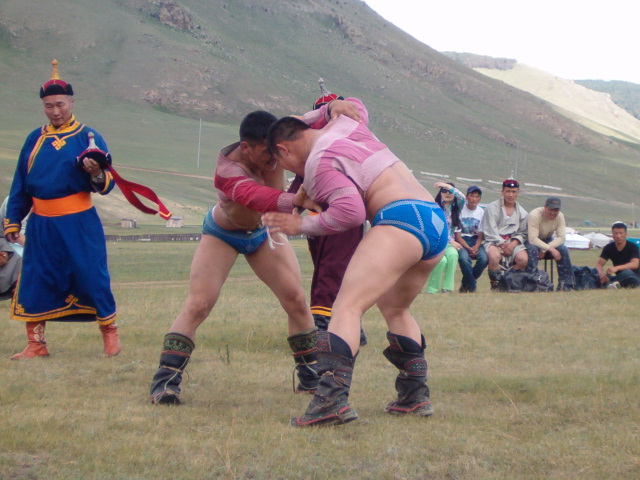

National Championships
Oklahoma State 34
Iowa 23
Iowa State 8
Oklahoma 7
Penn State 5
Minnesota 3
Ohio State 1
Arizona State 1
Michigan State 1
Cornell College 1
Indiana 1


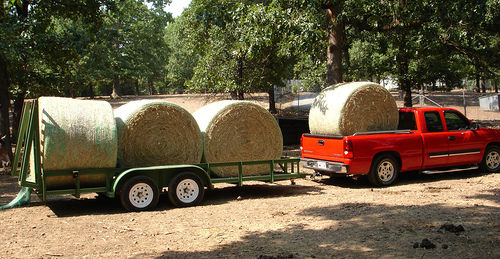

Heavyweight
Cain Velasquez Wrestled at Arizona State and placed 4th nationally.
Junior Dos Santos Brazilian jiu-jitsu
Shane Carwin Wrestled for Western State College and won the
NCAA Division II national championship
Frank Mir Wrestled for Bonanza High School in Nevada and won the
state championship
Brock Lesnar Wrestled for Minnesota and won the national championship
Antonio Nogueira Judo and Brazilian jiu-jitsu
Randy Couture Wrestled for Oklahoma State and was twice runner up at the
national championships
Tim Silva Wrestled for Ellsworth High School
Andrei Arlovski Silver medal at the sambo world championships
Ricco Rodriguez Brazilian jiu-jitsu world champion
Josh Barnett Wrestled for Ballard High School
Kevin Randleman Wrestled for Ohio State and won the national championship twice
Bas Rutten Muay Thai kickboxing
Maurice Smith World kickboxing champion
Mark Coleman Wrestled for Ohio State and won the national championship
Light heavyweight
Daniel Cormier Wrestled for Oklahoma State and placed 2nd at nationals.
5-time national freestyle wrestling champion.
4th place at the 2004 Olympics.
Jon Jones Wrestled for Iowa Central Community College and won the
Junior College national championship
Mauricio Rua Wrestling and Brazilian jiu-jitsu
Lyoto Machida 2-time Brazilian sumo champion
Rashad Evans Wrestled for Michigan State and placed 3rd at the Big Ten
championships
Forrest Griffin
Quinton Jackson Wrestled for Raleigh-Egypt High School in Tennessee and placed
5th at the state championships
Chuck Liddell Wrestled for California Polytechnic State University
Randy Couture Wrestled for Oklahoma State and was twice runner up at the
national championships
Vitor Belfort Brazilian jiu-jitsu
Tito Ortiz Wrestled for Huntington Beach High School and placed 4th
at the California state championships
Frank Shamrock Submission fighting
Middleweight
Chris Weidman Wrestled for Hoffstra and placed 3rd at the national championships
Anderson Silva Judo, Brazilian jiu-jitsu
Rich Franklin Brazilian jiu-jitsu
Evan Tanner Wrestled for Caprock High School and won the Texas state
championship twice
Murilo Bustamante Judo, Brazilian jiu-jitsu world champion
Dave Menne Wrestled for Forest Lake Area High School, Minnesota
Welterweight
Robbie Lawler Wrestled for Bettendorf High School, Iowa, where he received
All-State honors
Johnny Hendricks Wrestled for Oklahoma State and won the national championship
Carlos Condit Wrestled for Cibola High School, New Mexico
Georges St-Pierre Wrestling, Hockey, Brazilian jiu-jitsu
Matt Serra Wrestling, Brazilian jiu-jitsu
Matt Hughes Wrestled for Eastern Illinois University and placed 5th at
the national championships
B.J. Penn Brazilian jiu-jitsu
Carlos Newton Wrestling, judo, Brazilian jiu-jitsu
Pat Miletich Wrestled for Bettendorf High School, Iowa
Bantamweight
Ronda Rousey Silver medal at the 2007 Judo world championships
Strawweight
Joanna Jedrzejczyk Won 6 Muay Thai world championships
Carla Esparza Wrestled for Menlo College and was twice an All-American
Ben Askren wrestled for the University of Missouri where he was twice national
champion. He is also a former Bellator champion and is currently the One-FC
champion. Askren is undefeated in MMA, using wrestling to dominate his opponents.

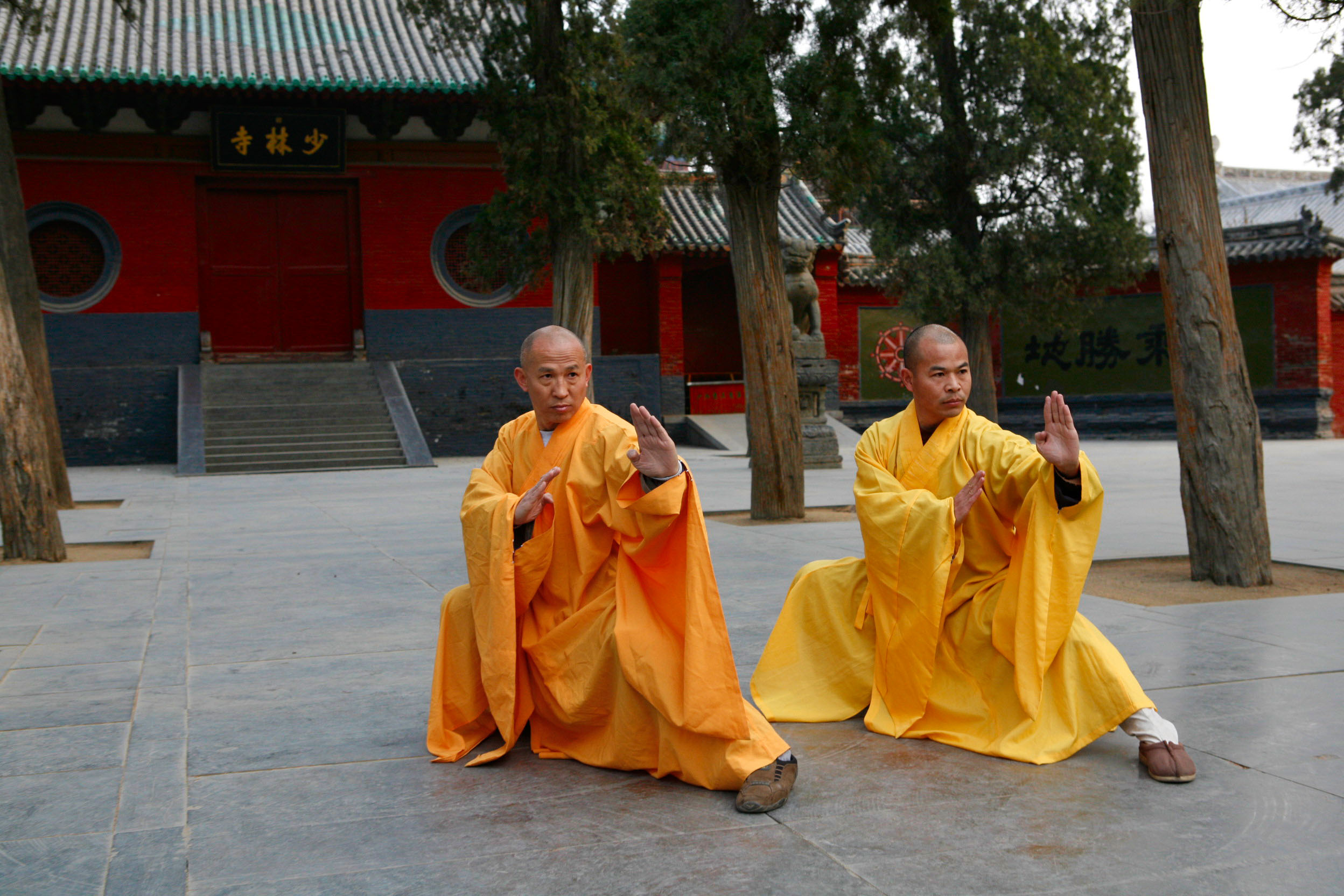

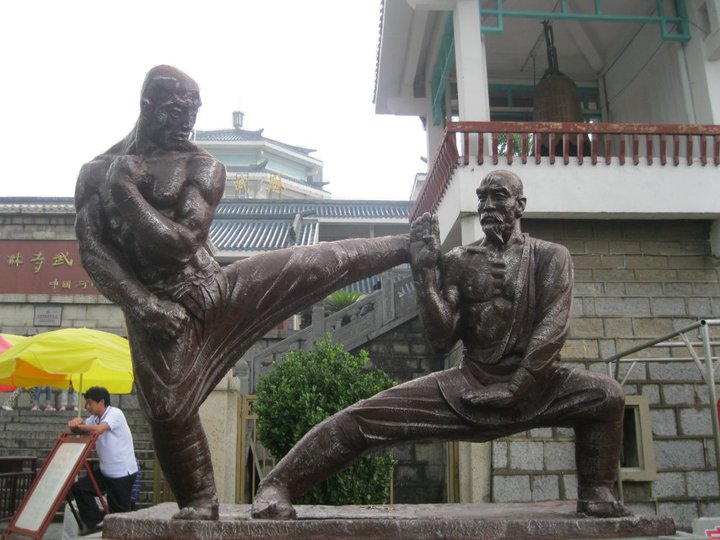
Tier 1: Shaolin, Sumo, Wrestling
Tier 2: Craniosacral technique, The Feldenkrais Method
Tier 3: Alexander Technique, Reiki
Tier 4: Physical therapy, Chairopractors
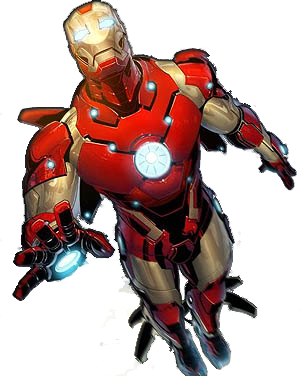


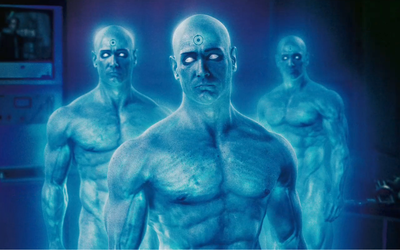
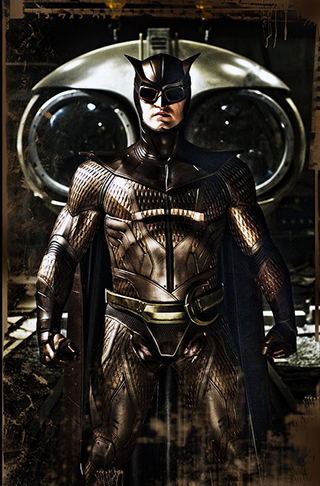


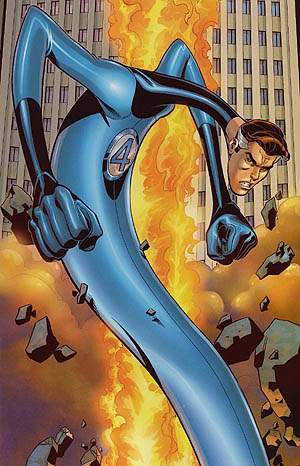


![]()
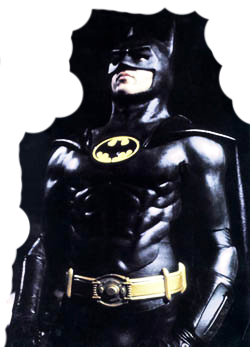

Iron Man Physicist and mechanical engineer
Magneto Physicist. Mutant. Control over magnetic fields.
The Hulk Physicist. Irradiated with gamma rays
Dr. Manhattan Physicist. Atomized in an "intrinsic field subtractor".
Bruce Wayne Physicist and mechanical engineer.
The Beast Physicist. Mutant.
Professor X Physicist. Mutant. Telepath.
The Owl Physicist and mechanical engineer.
Ozzymandias Physicist. Master of Shaolin kung fu.
Howard Stark Physicist and mechanical engineer
Doctor Doom Physicist. Sorceror
Jarvis AI created by Tony Stark.
The Vision AI created from Jarvis. Possesses the mindstone. Vibranium body.
The Shadow Shaolin monk
Dr. Selvig Astrophysicist
Jane Selvig Astrophysicist
Silver Surfer Astrophysicist. Possesses the silver surfboard.
Mr. Fantastic Physicist. Acquired superpowers from cosmic rays.
The Thing Engineer. Fighter pilot. Football player.
Acquired superpowers from cosmic rays
1930- The Shadow
1938-1950 Golden Age of Comic Books
1939- Batman
1956-1970 Silver Age of Comic Books
1963 X-Men
1970-1985 Bronze Age of Comic Books
1985- Modern Age of Comic Books
1986 Watchmen

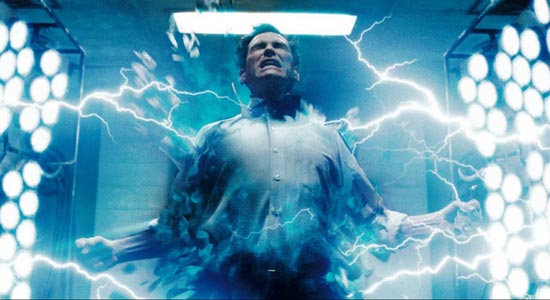

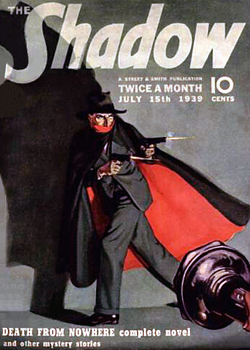
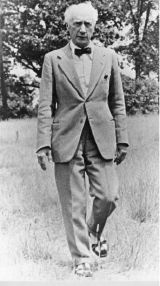
American Society for the Alexander Technique (AmSAT).
Alexander Technique International (ATI).
Society of Teachers of the Alexander Technique (STAT).
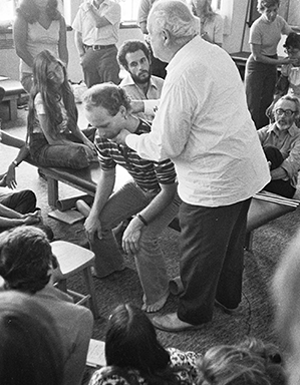
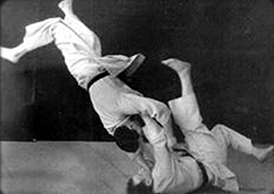
Feldenkrais was a physicist and wrestler.

A craniosacral therapist works on the relationship beween the two ends of the spine.
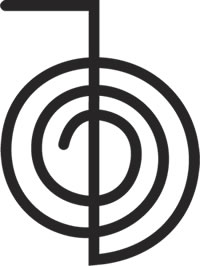
Reiki uses an awareness of pressure fluctuations in the body to quell noise.
.jpg)

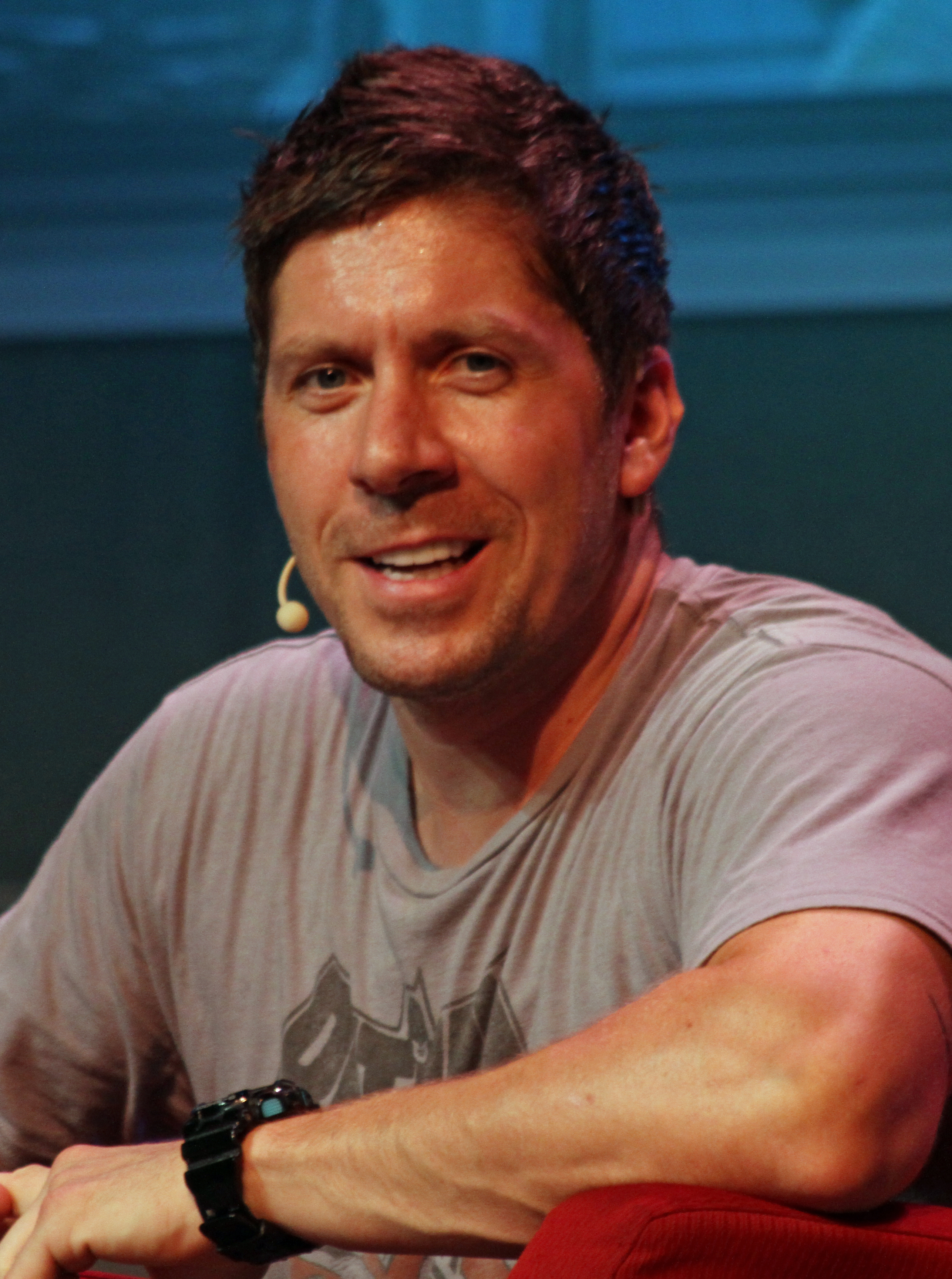
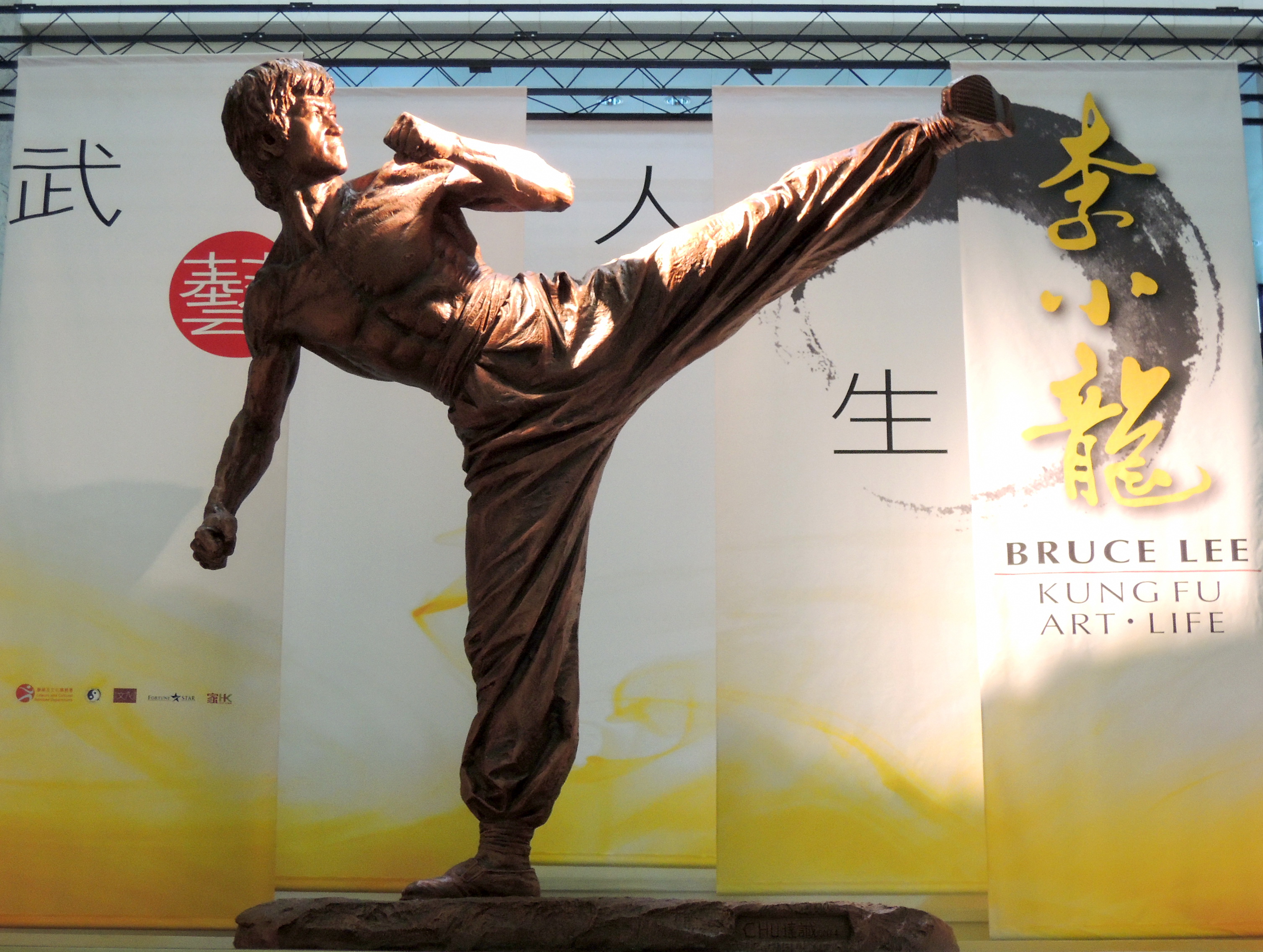
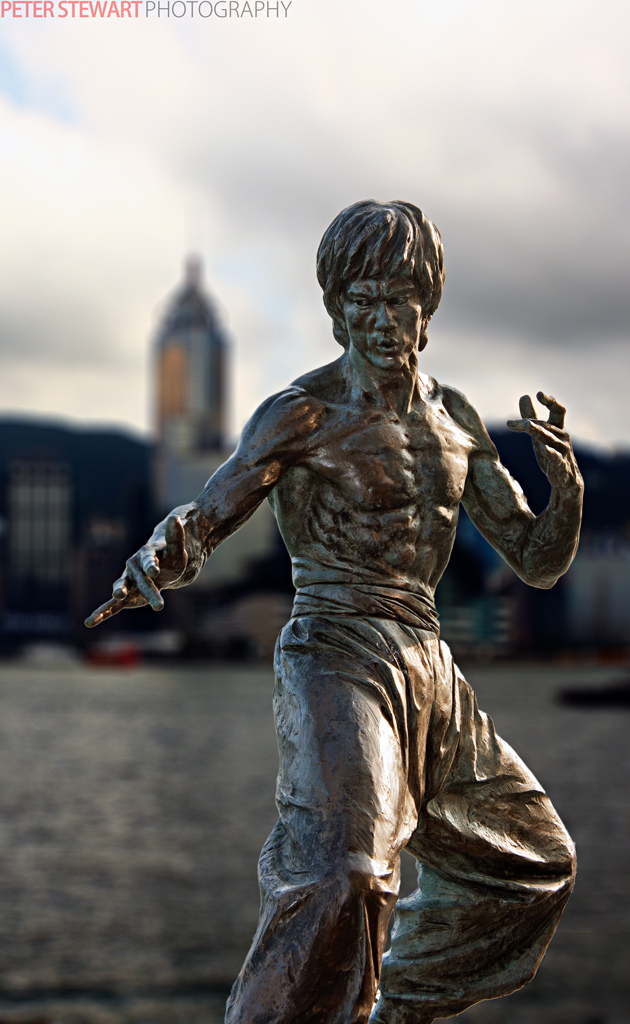
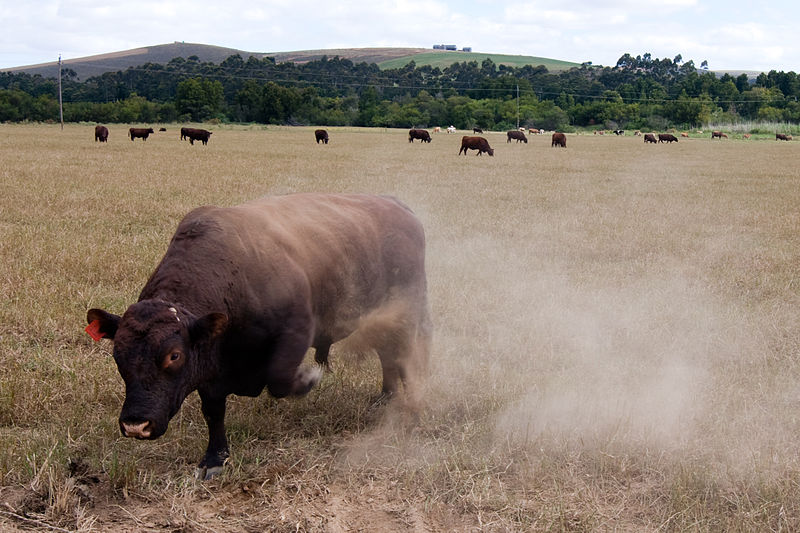


Year
c. -2400 Abacus invented by the Babylonians
c. -500 First known use of the number "0" in Ancient India
c. -300 Pingala develops binary numbers
c. -100 Negative numbers used in Ancient China
c. 200 Logarithms developed in Ancient India
c. 600 Brahmagupta develops a place-value number system
c. 1400 Kerala school of astronomy and mathematics in South India invents the
floating point number system.
1585 Stevin popularizes decimal numbers in Europe
1614 Napier develops logarithm tables
1622 Oughtred develops the slide rule
1642 Pascal builds a mechanical calculator
1671 Leibniz builds a mechanical calculator
1725 Bouchon and Falcon use punch cards to program looms
1910 Vacuum tube invented
1646 ENIAC built. 17468 vacuum tubes. 5000 additions per second.
1947 Transistor invented
1957 Fortran compiler developed. This was the first high-level programming language
1967 Dijkstra declares that the "goto" statement is harmful and advocates
structured programming
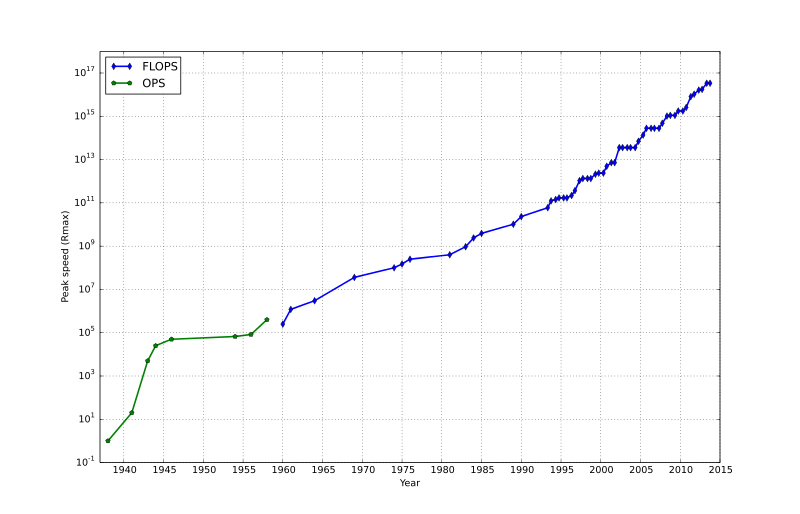
Speed 34 Petaflops
Processor cores 384000
Memory 1357 Terabytes
Disk drives 12.4 Petabytes
Power 24 MWatts
Footprint 700 meters^2
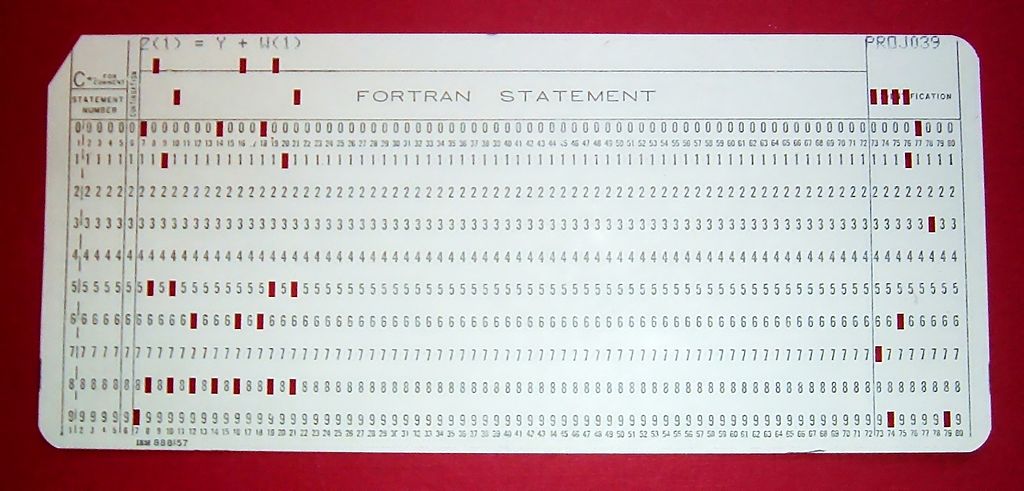



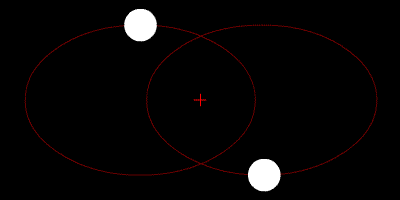
.gif)
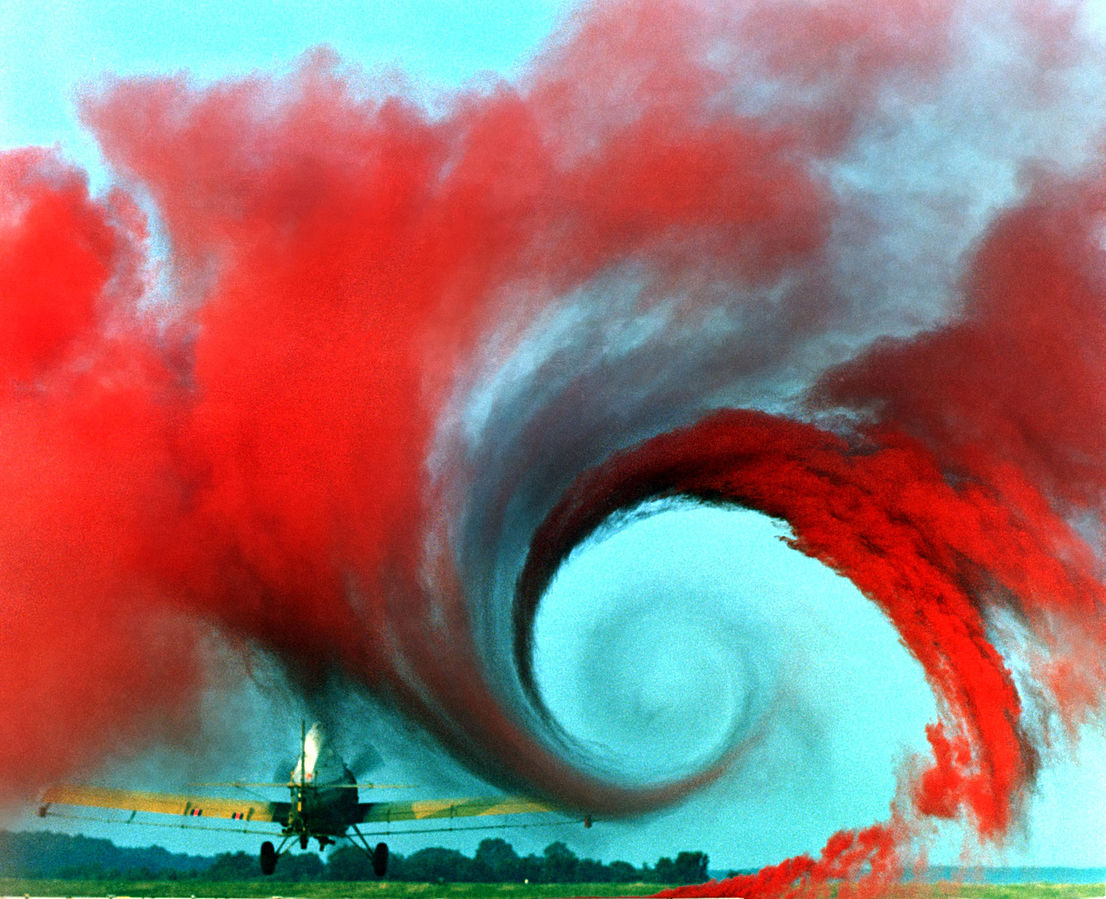
The "Kepler" problem consists of two gravitationally-orbiting objects
and it was solved by Newton in the Principia Mathematica in 1687. This is an
example of a "two-body problem". An example of a "three-body problem" is the
sun, the Earth, and the moon. In the 18th century there was much interest in
solving this problem because a solution would provide a means for determining
longitude at sea, but it was realized that no simple closed-form solution is
possible. In 1887 Poincare discovered the phenomenon of chaos and he found that
the three-body problem can behave chaotically, meaning that is long-term
behavior is impossible to predict.

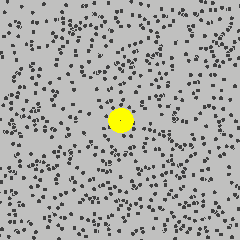
The ideal gas equation is an example of a simplification of a many-body problem.



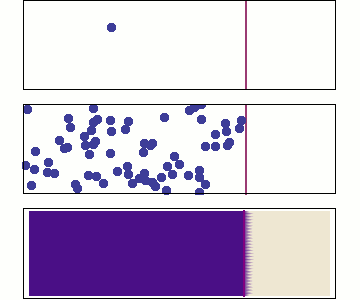
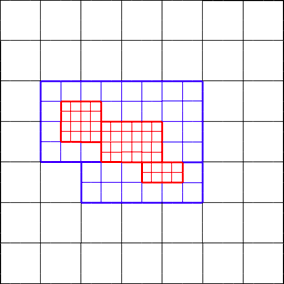
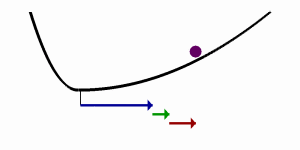
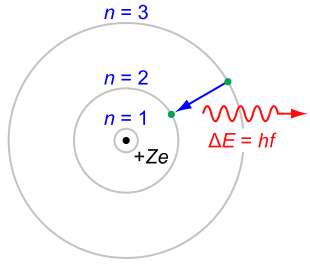

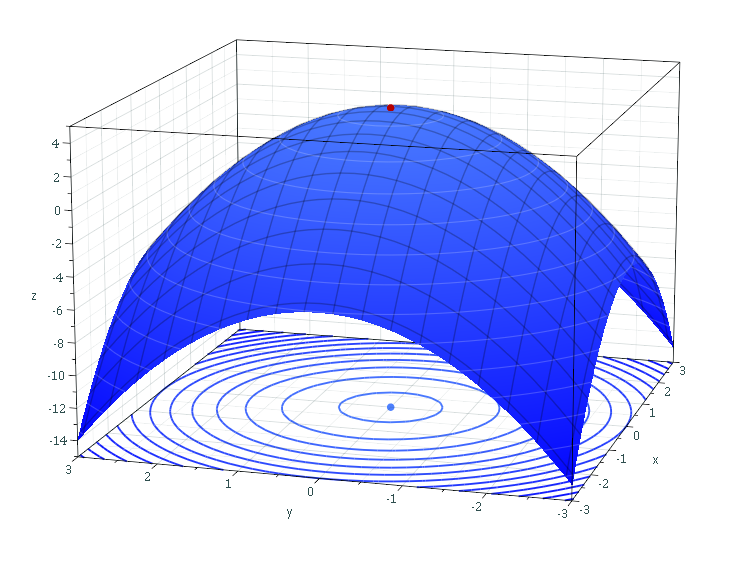
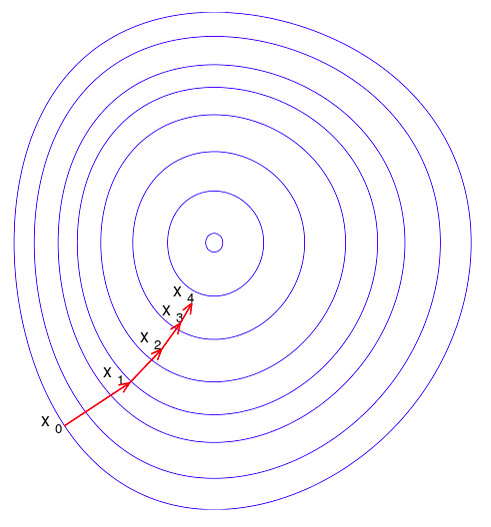
.png)
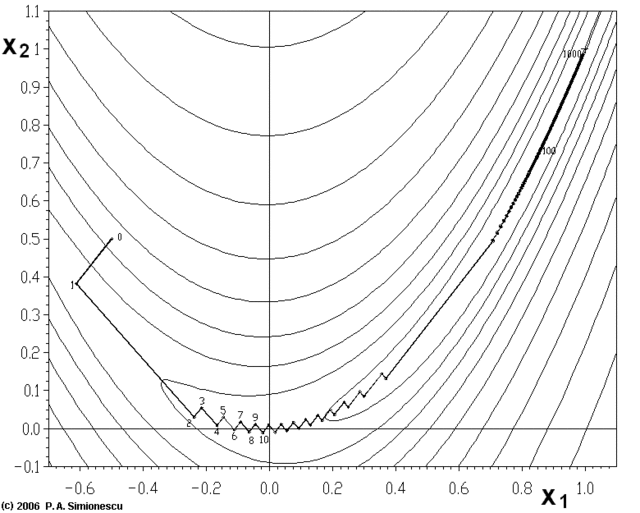
In the "steepest descent" method one proceeds in the direction of the local downhill.
This method cannot distinguish between a local or global minimum and it doesn't work
well if the valleys are narrow.
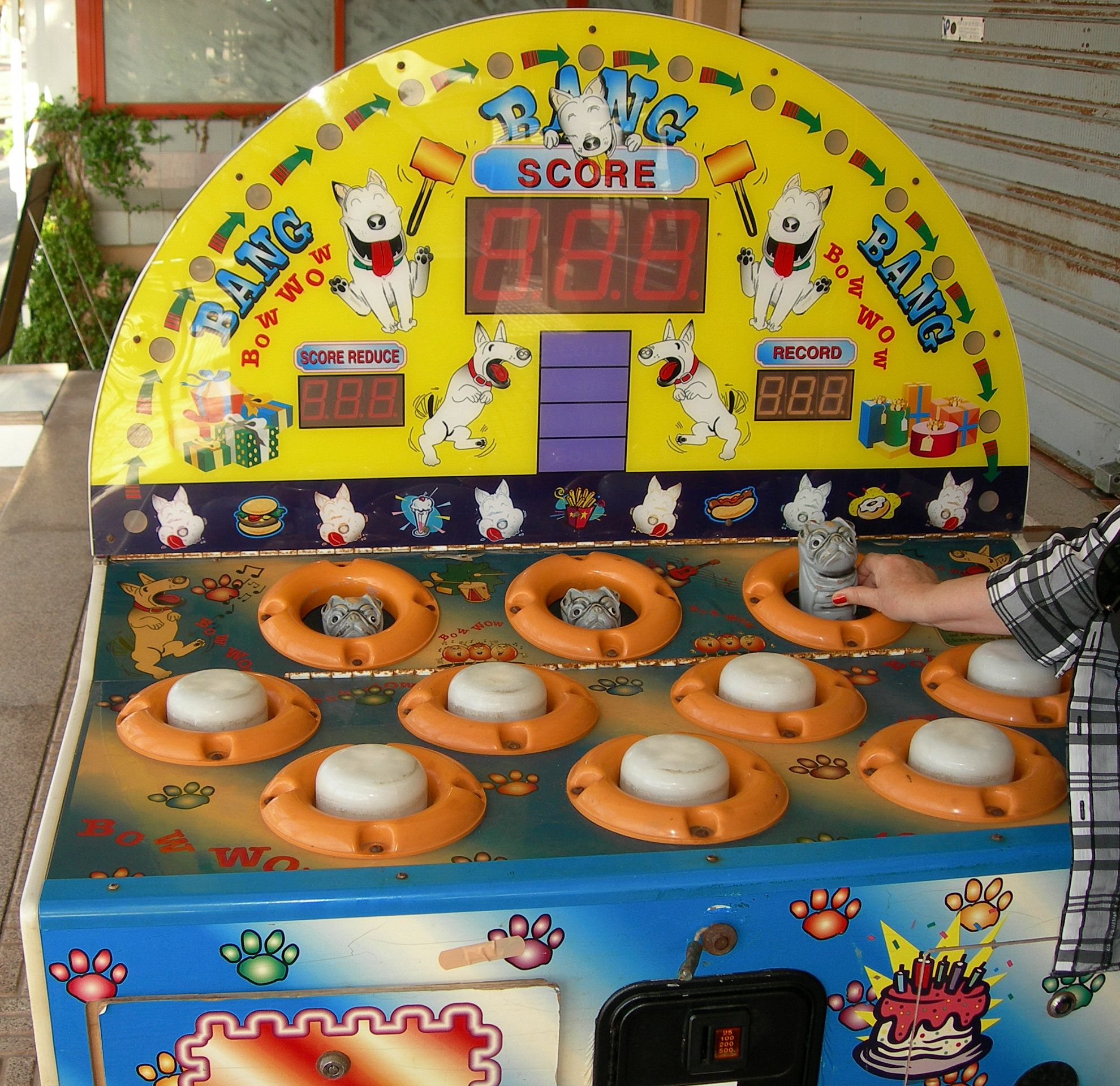
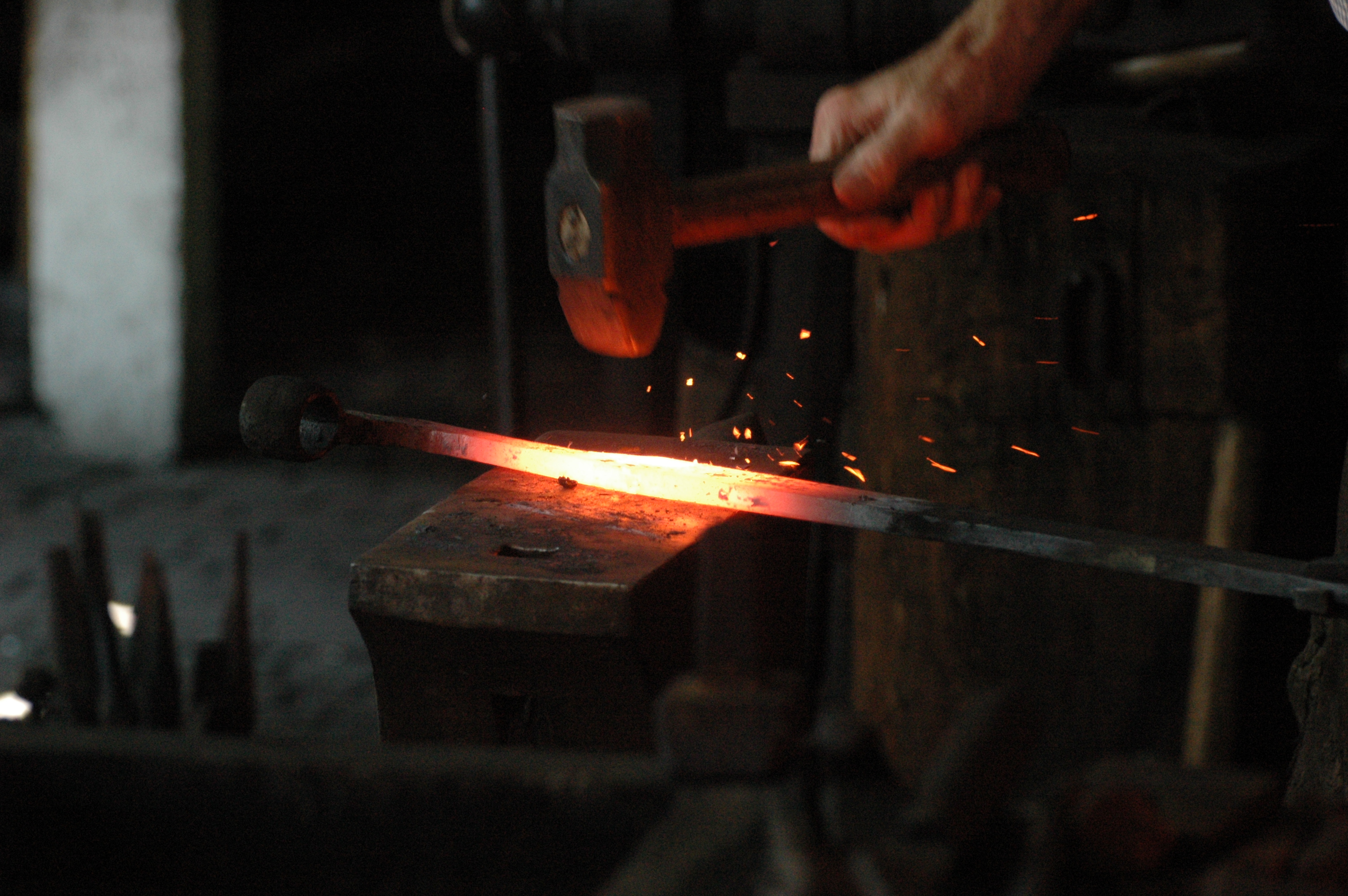
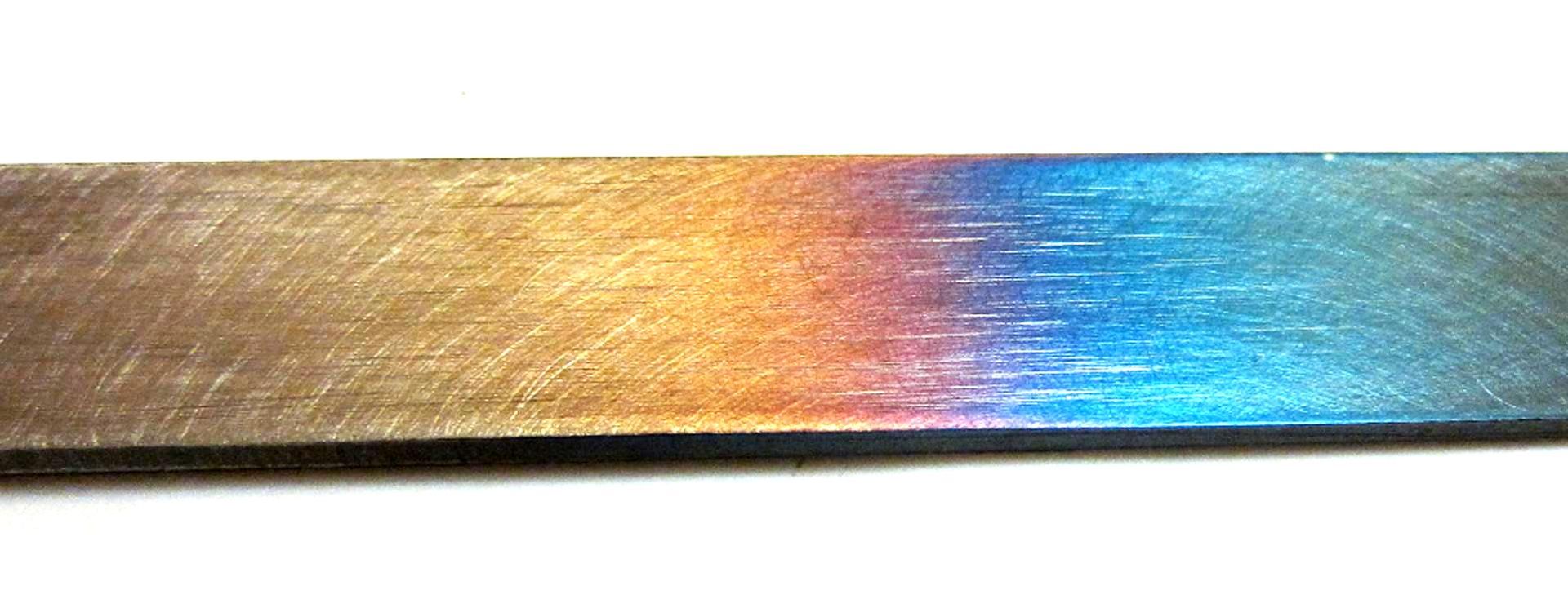


Siulated annealing is a method for avoiding local minima and finding the global
minimum.


If you cool a metal slowly it finds the state of minimum-stress.
A metal is annealed by repeatedly heating and cooling it with slow changes in
temperature.
